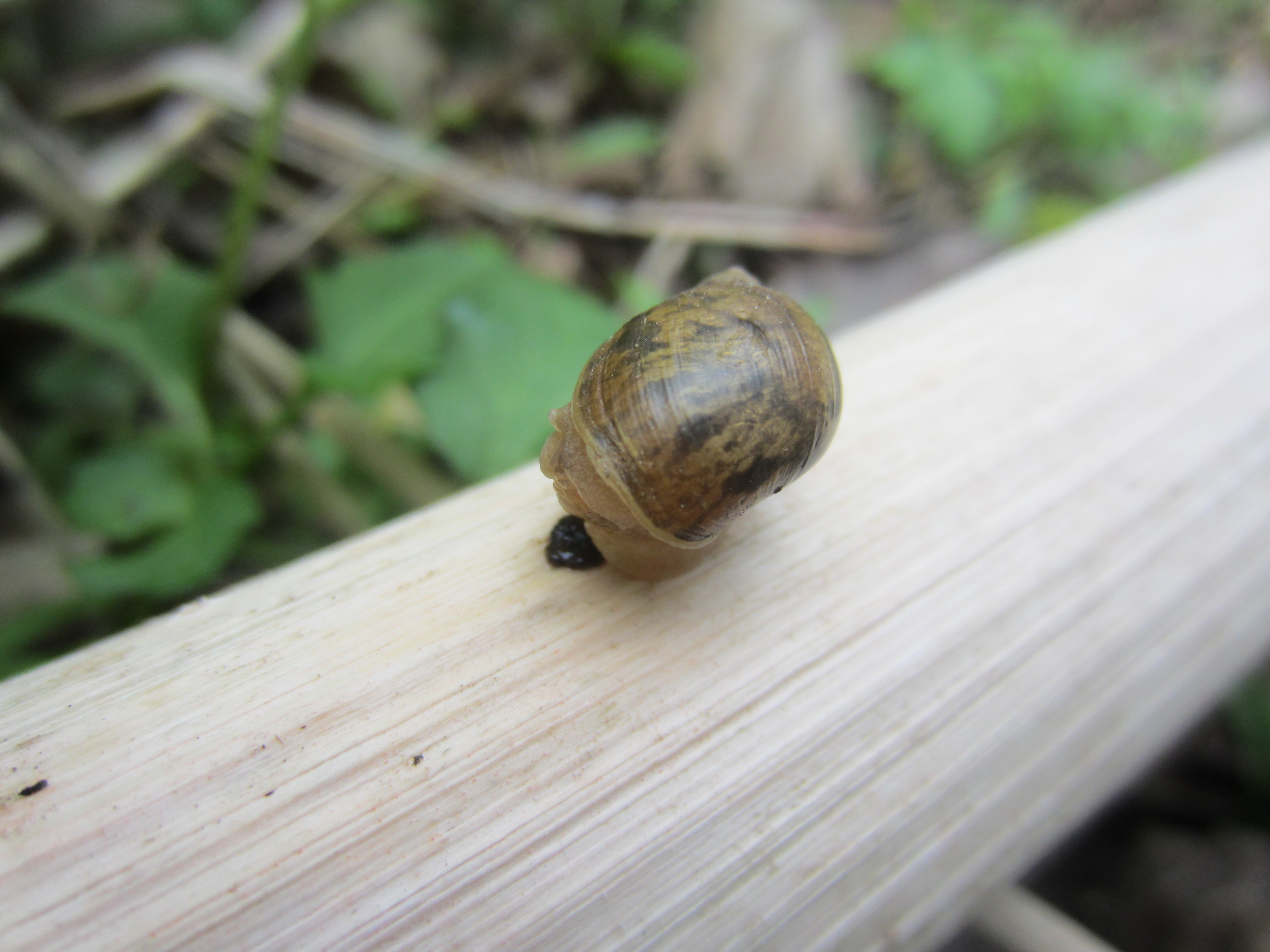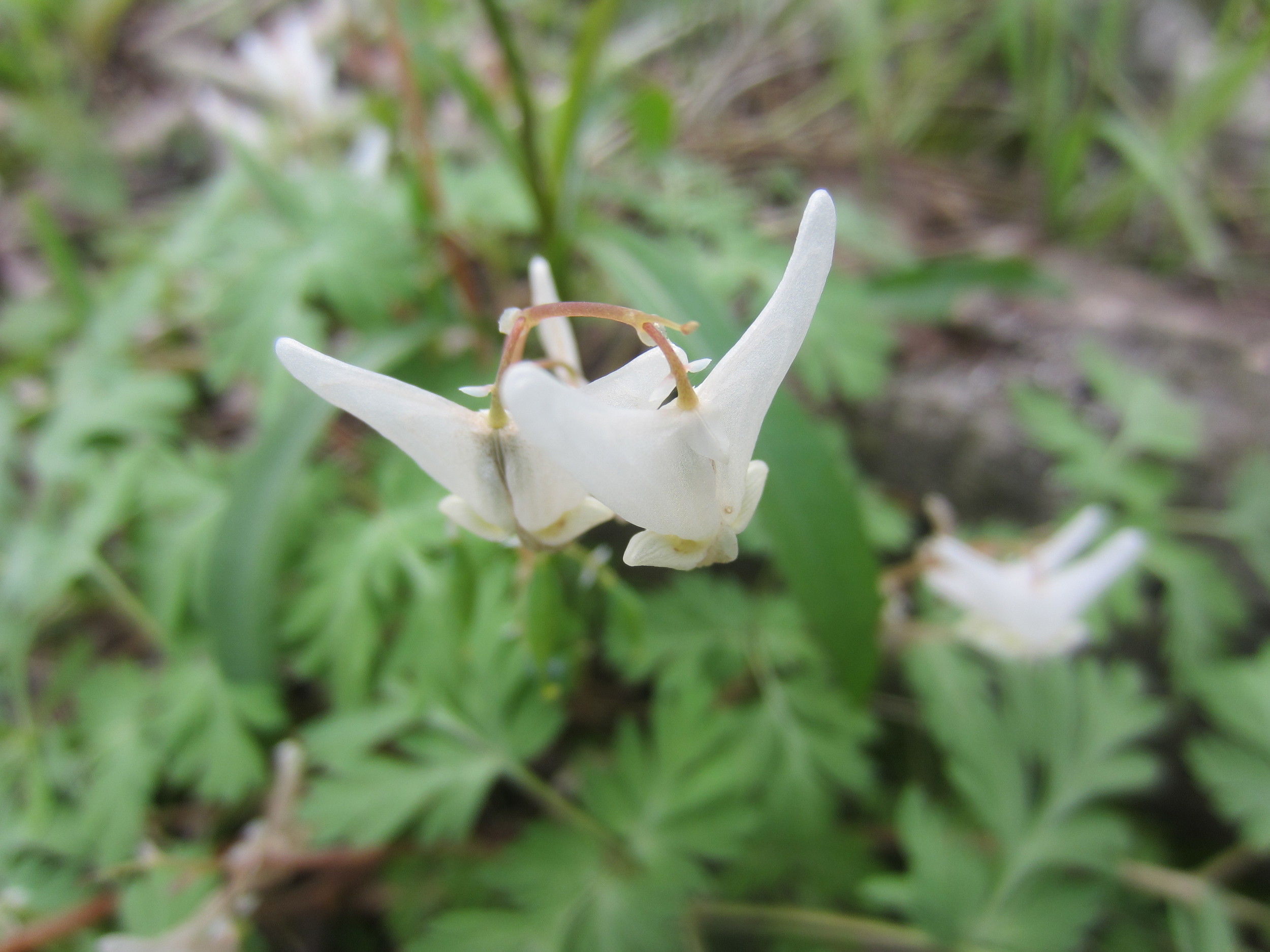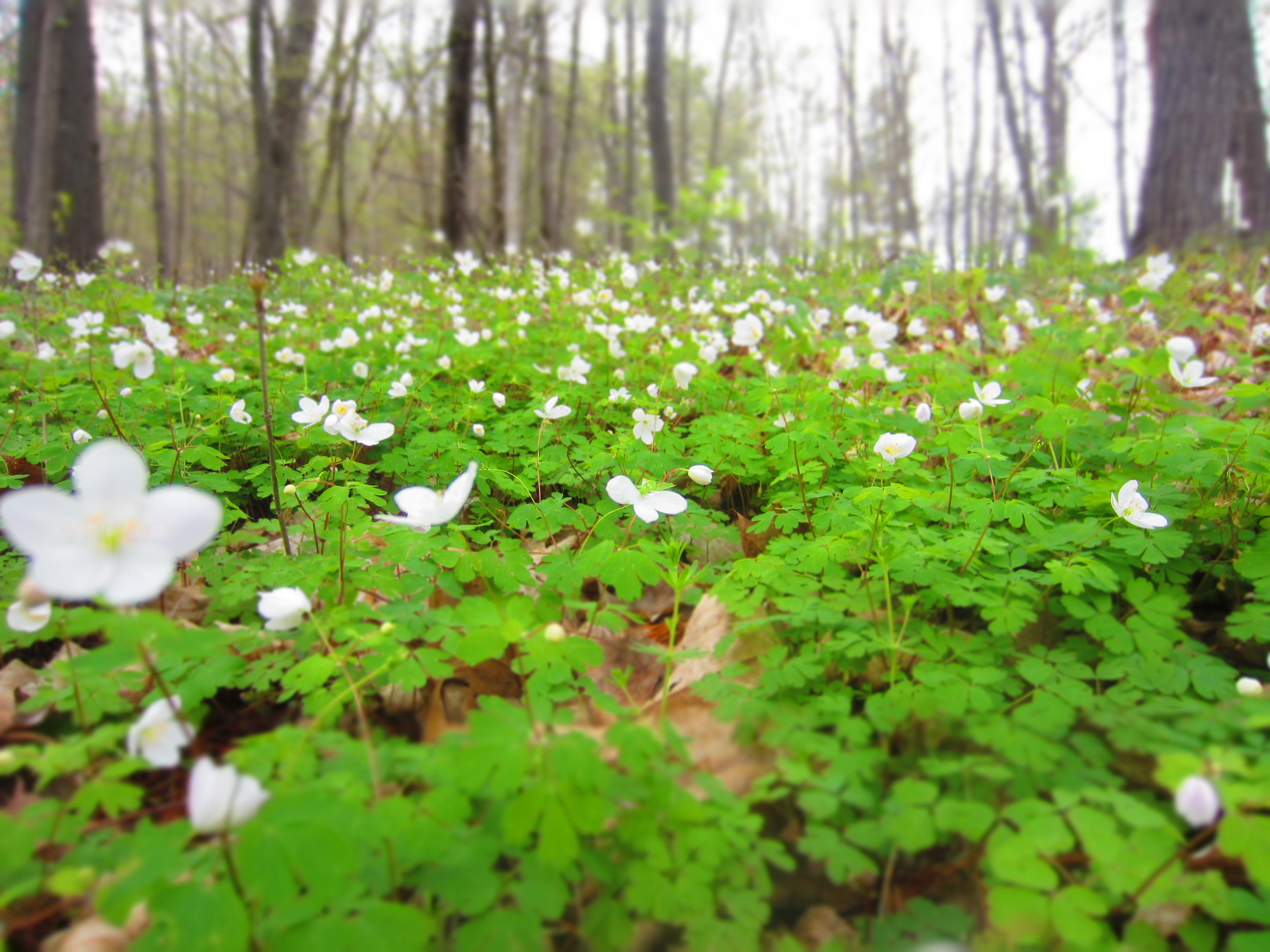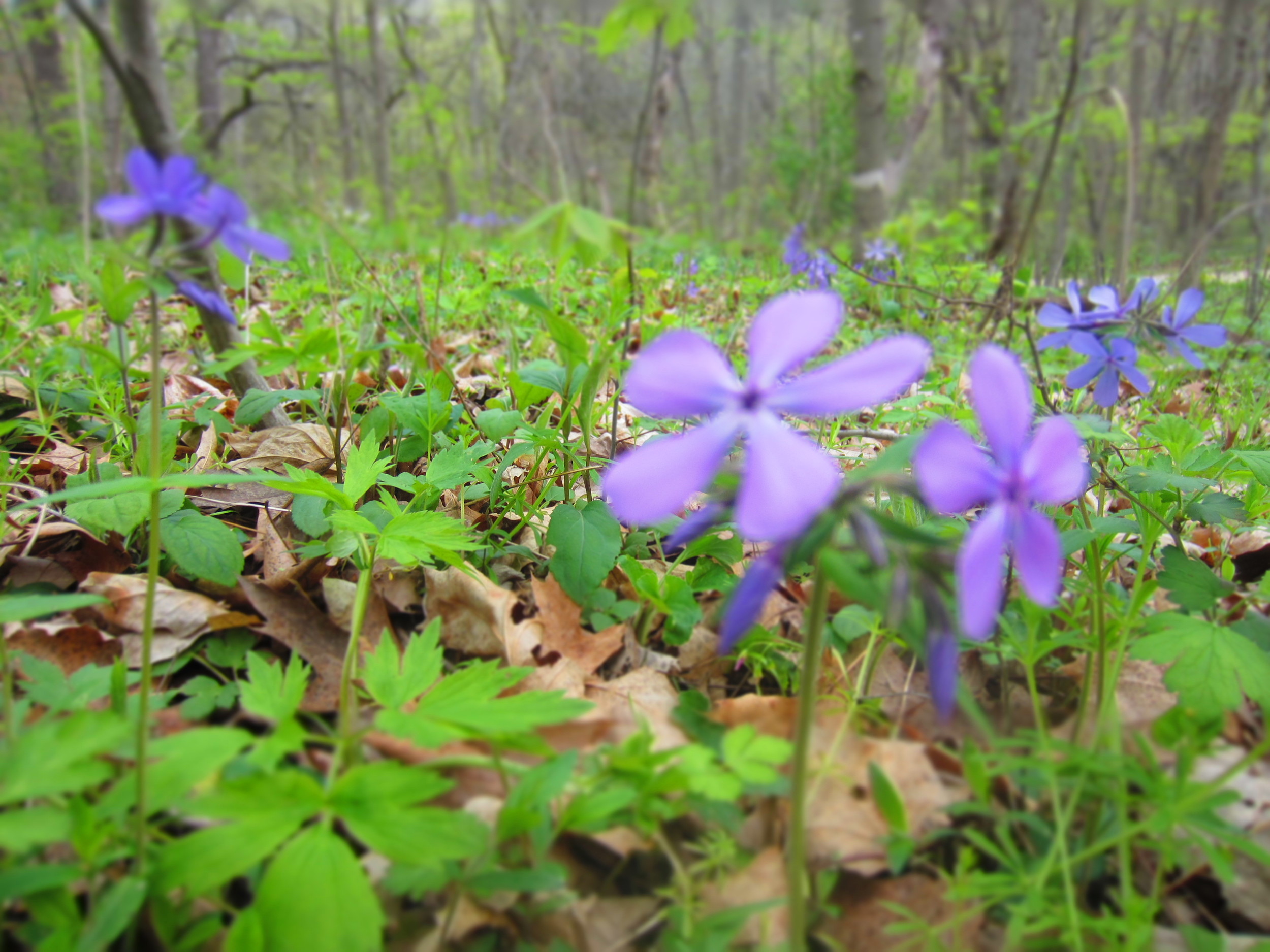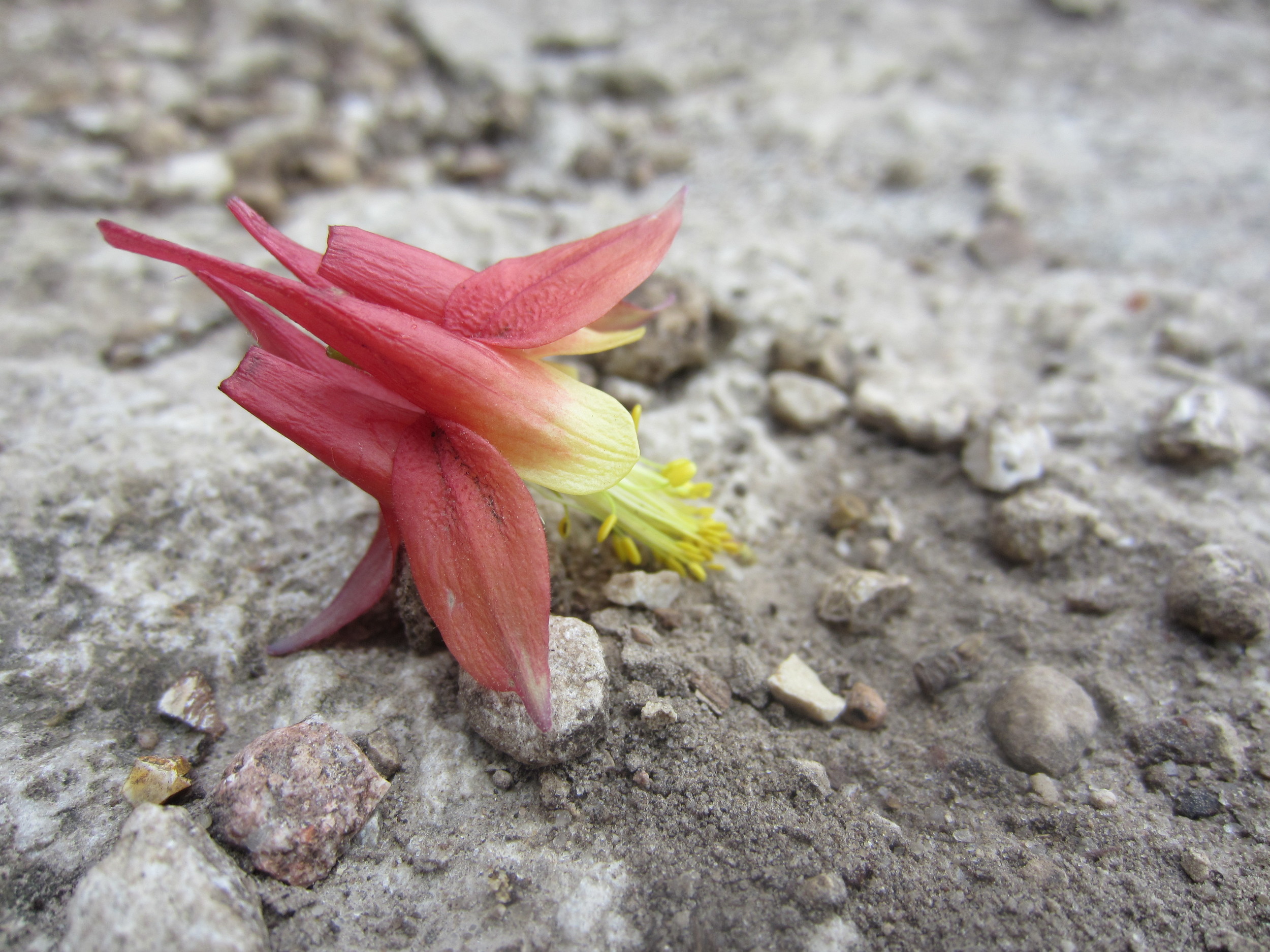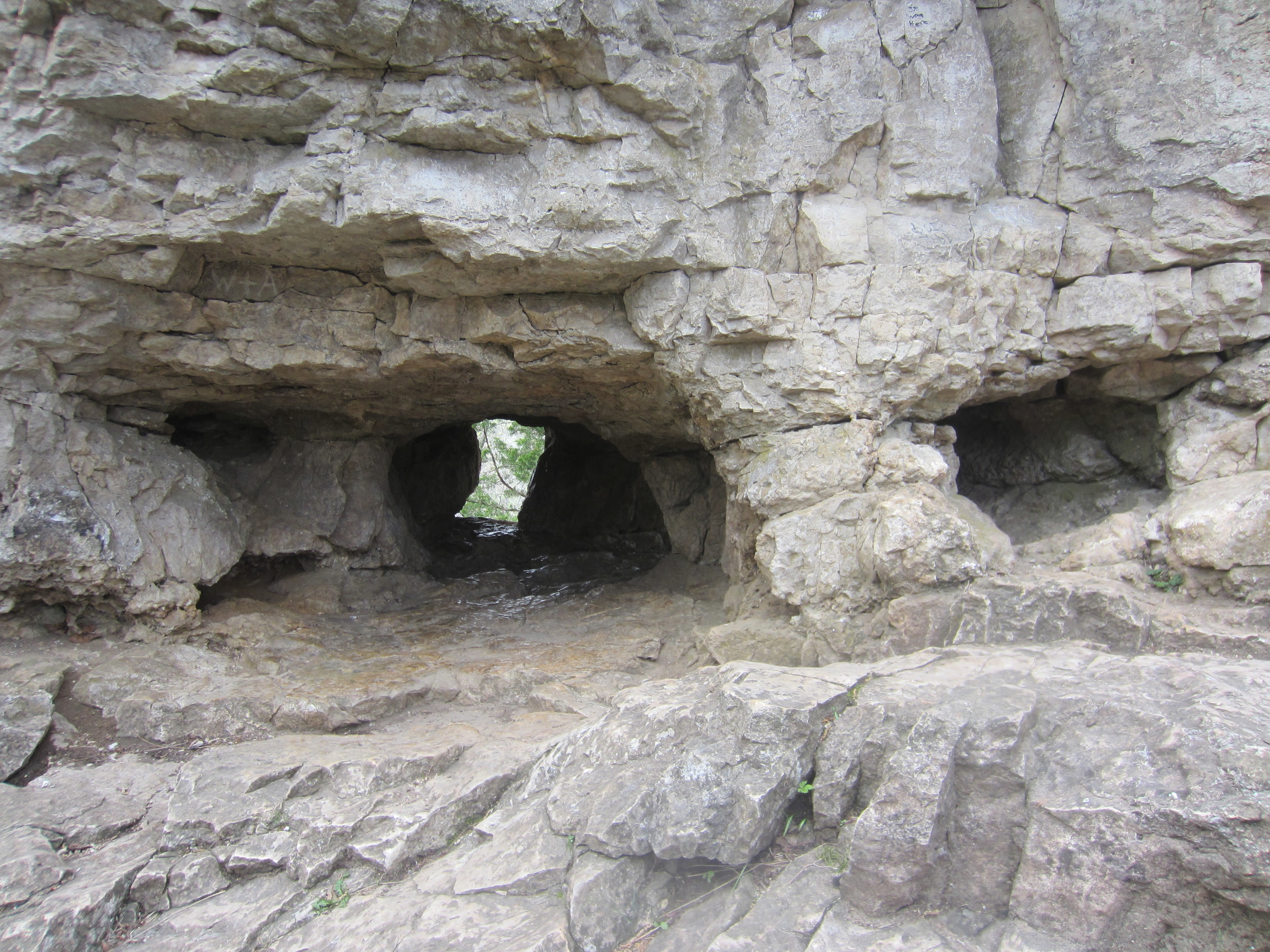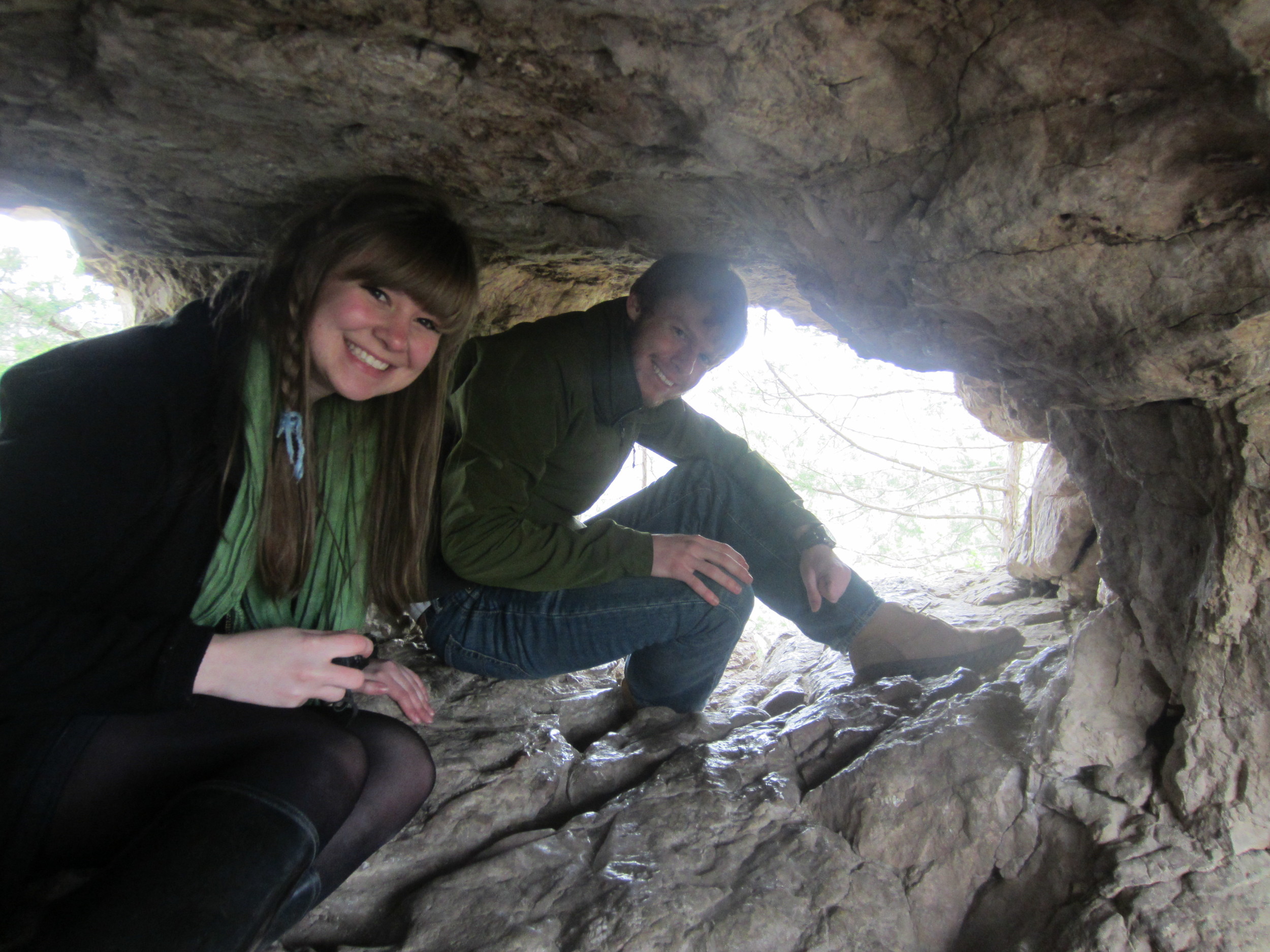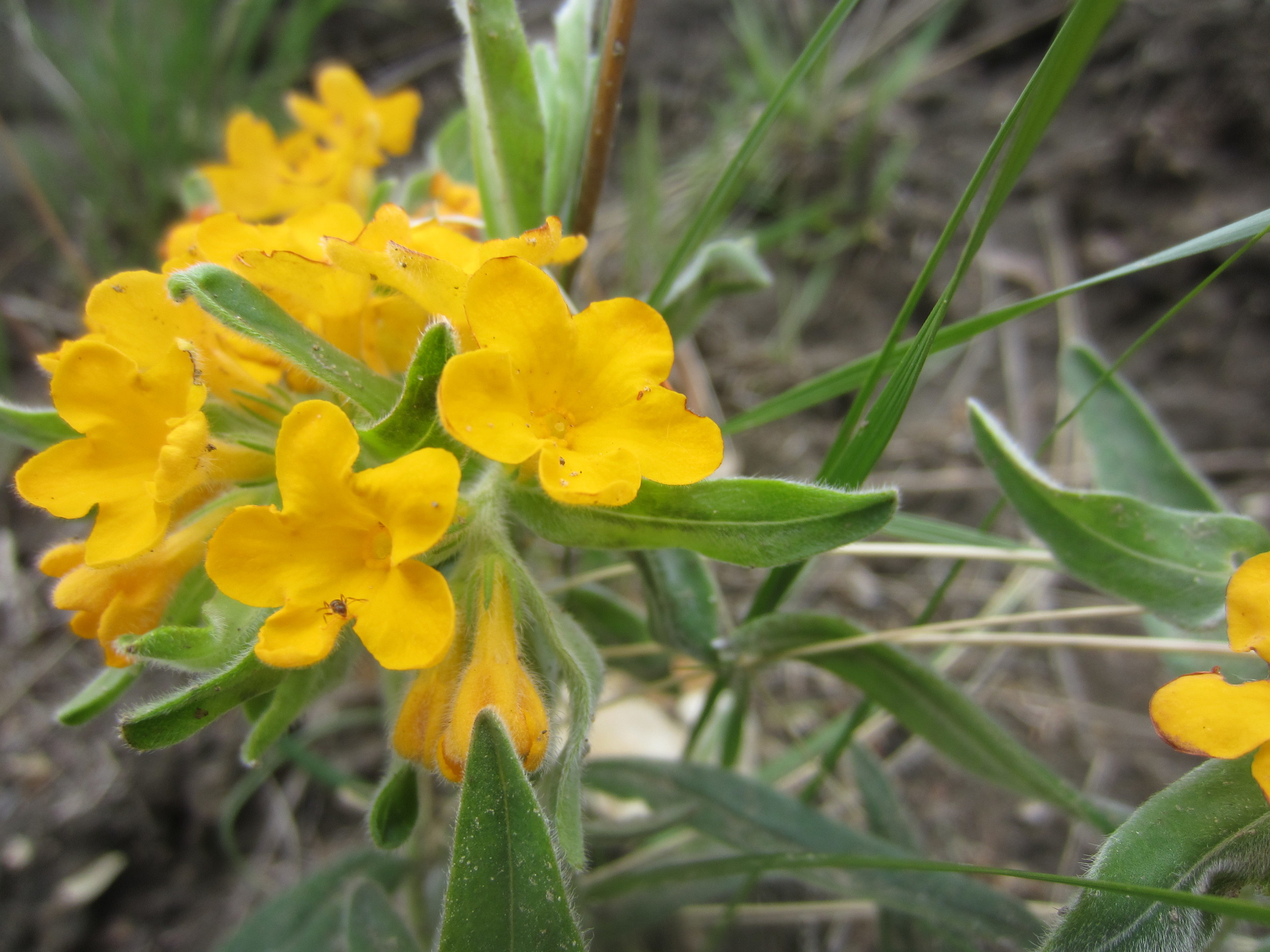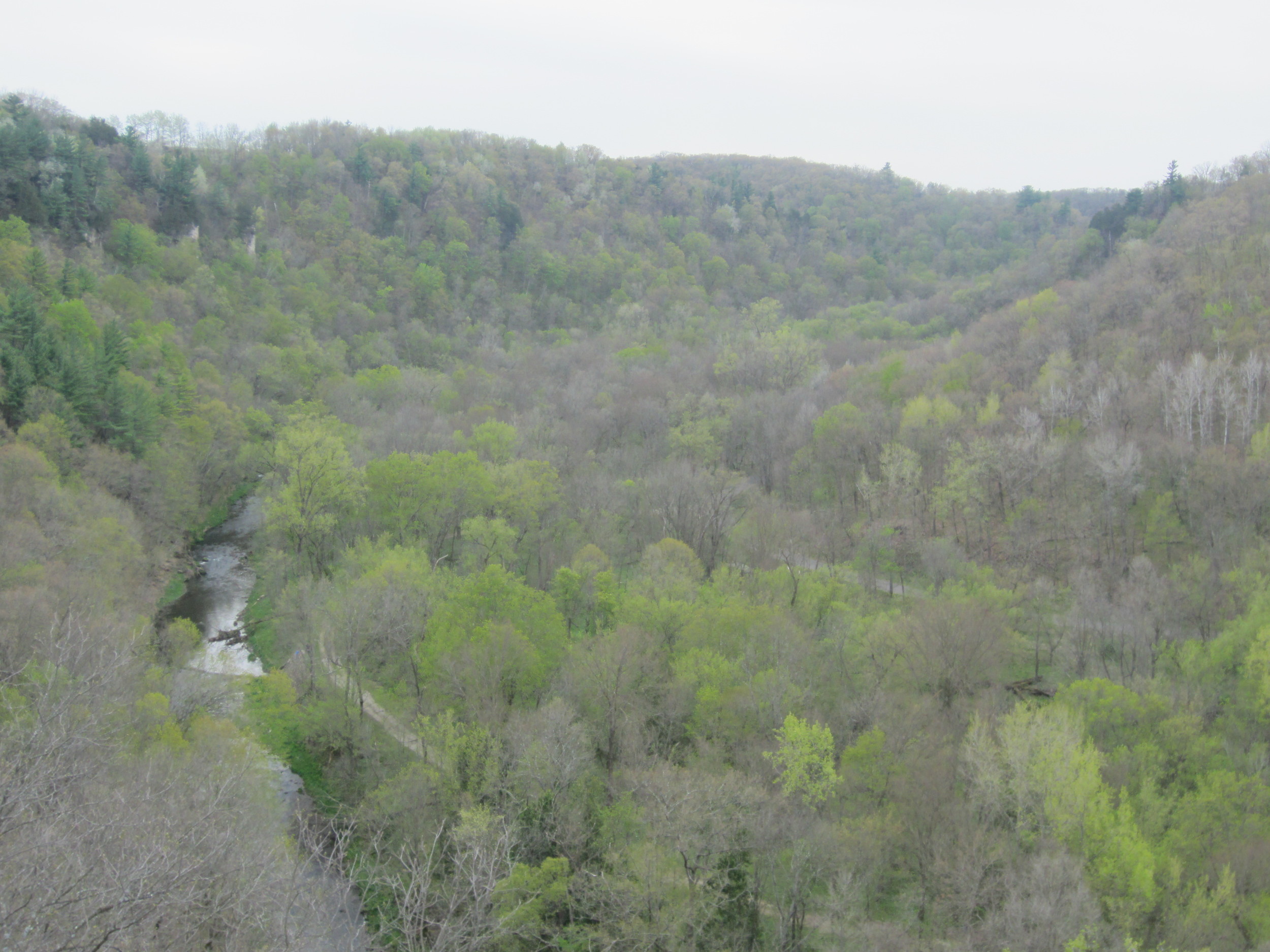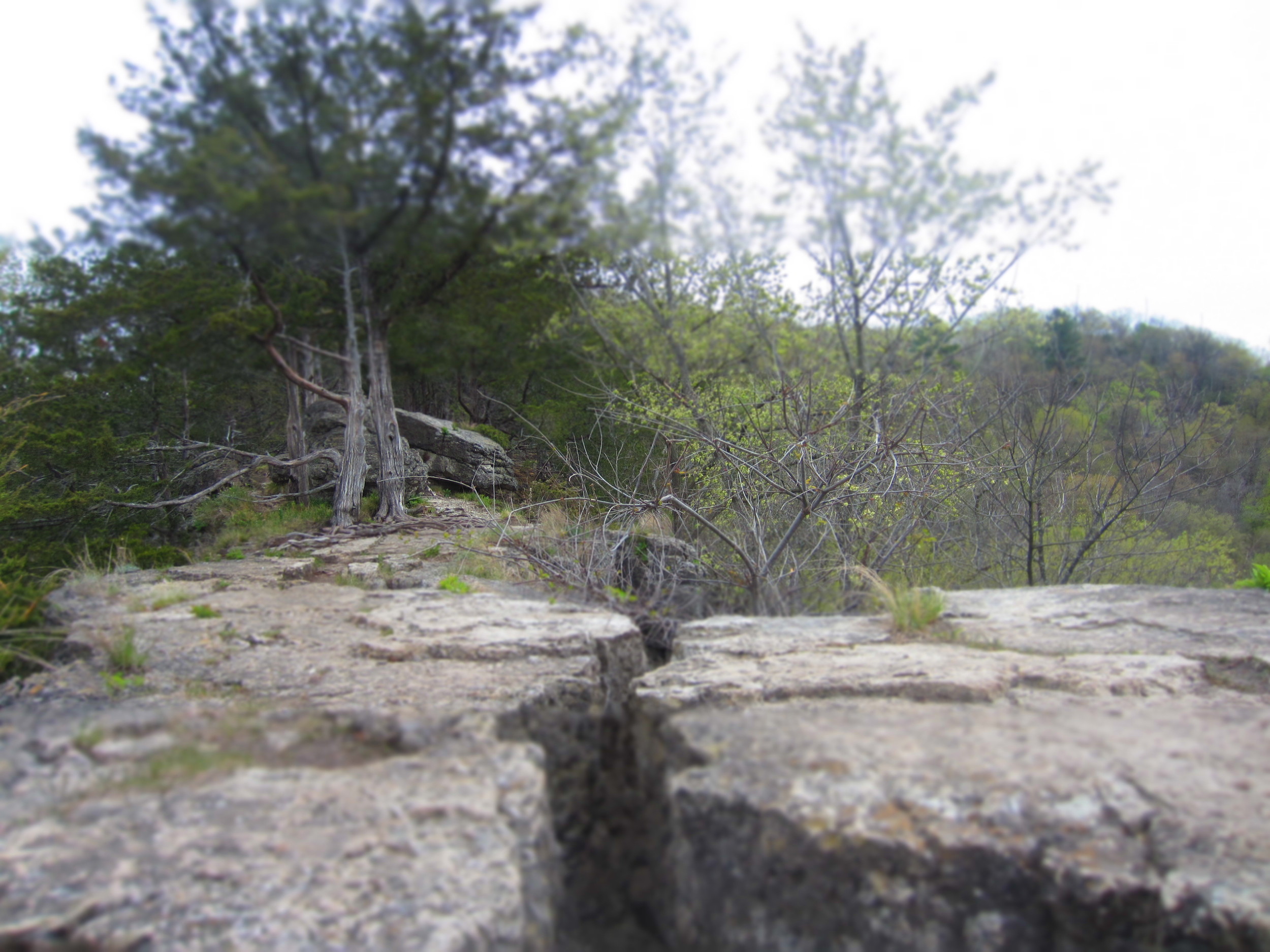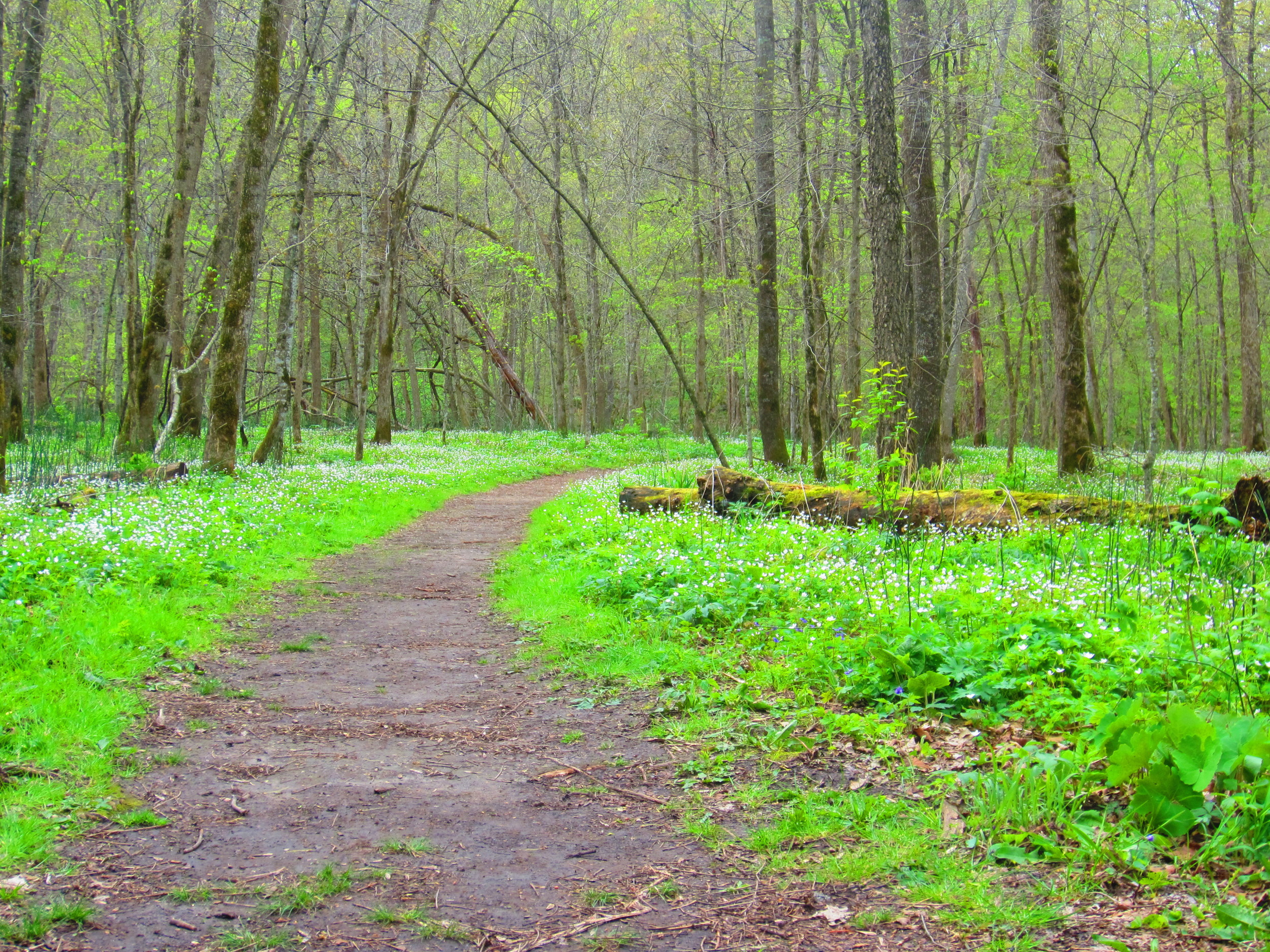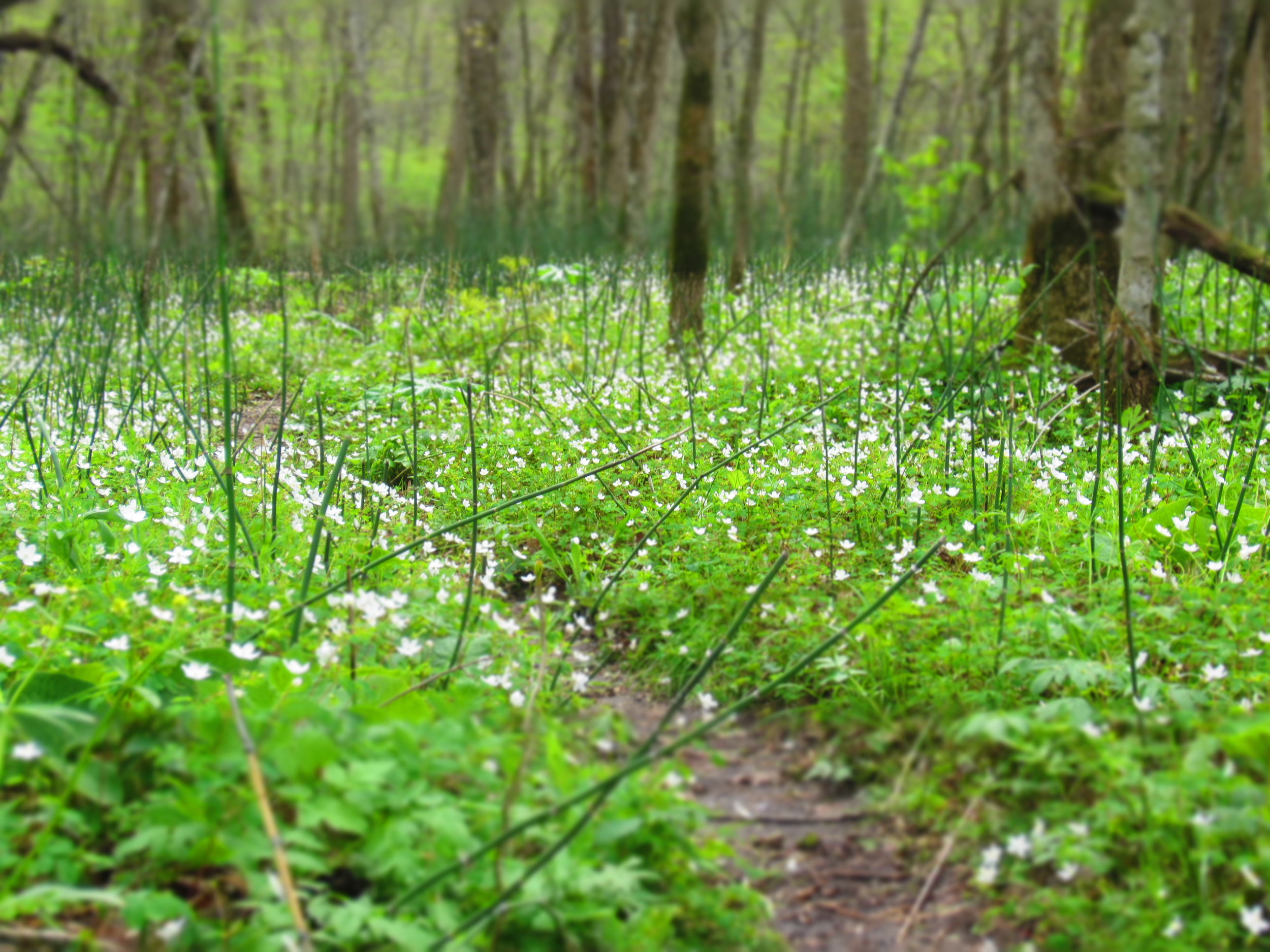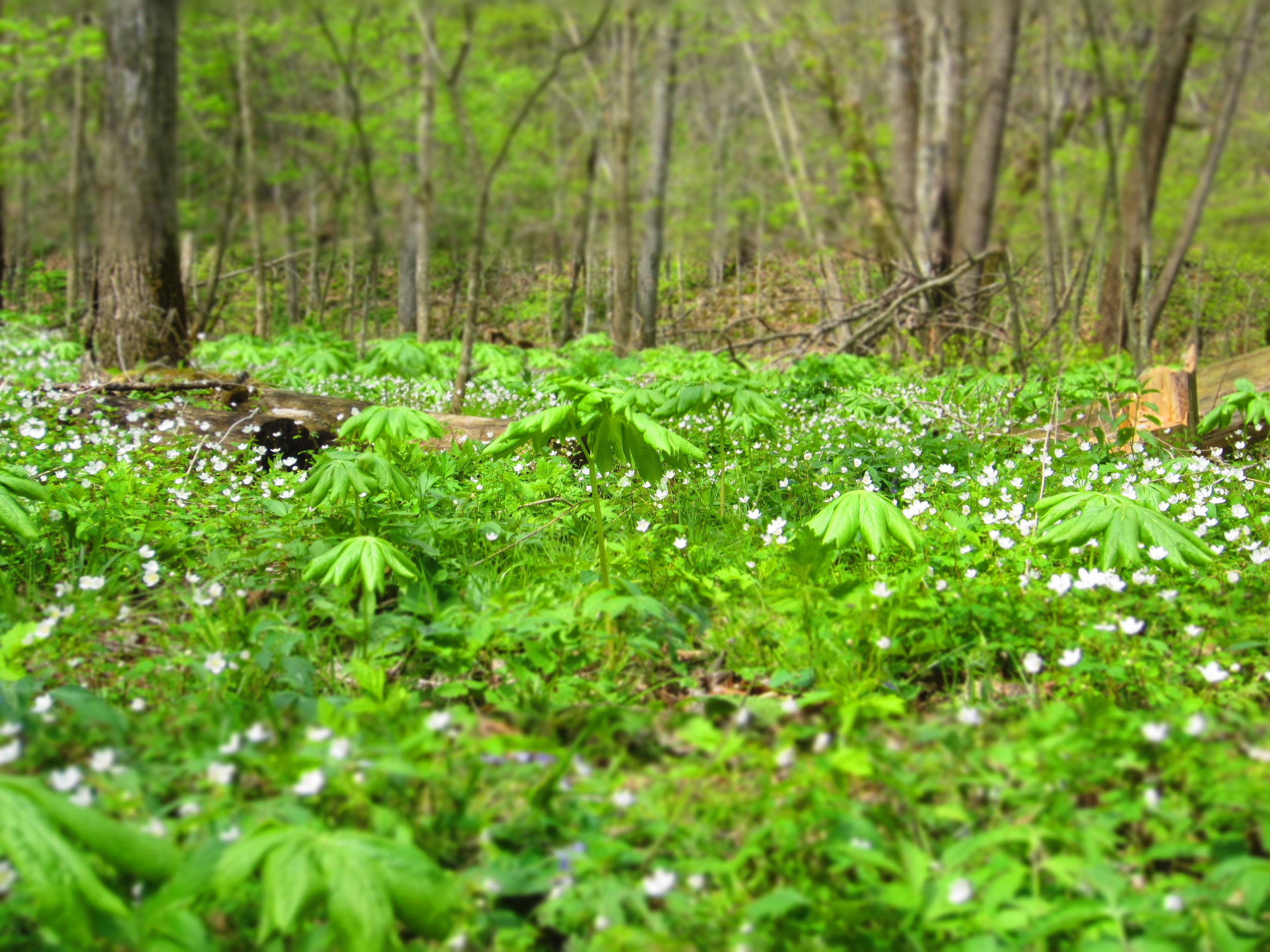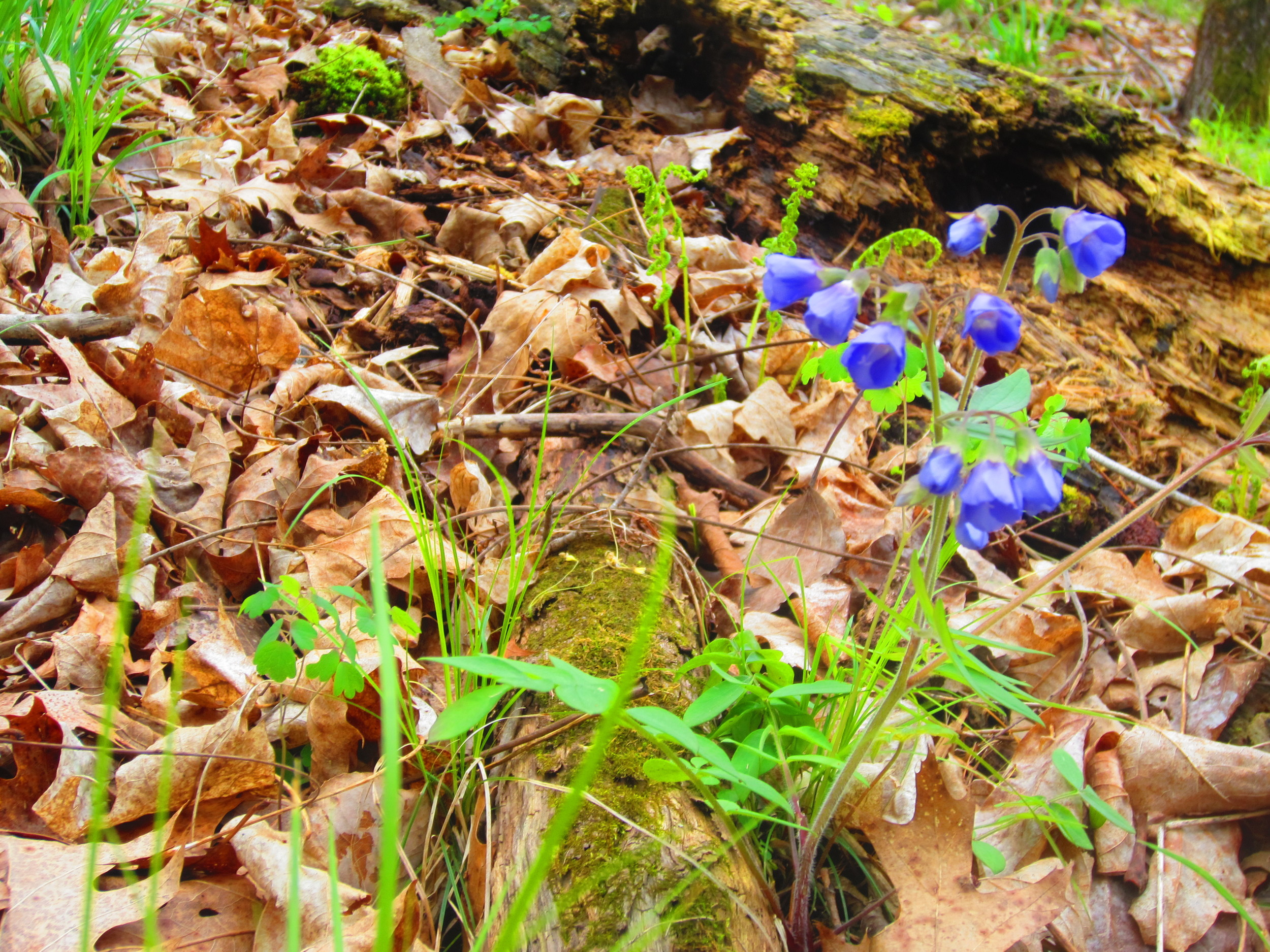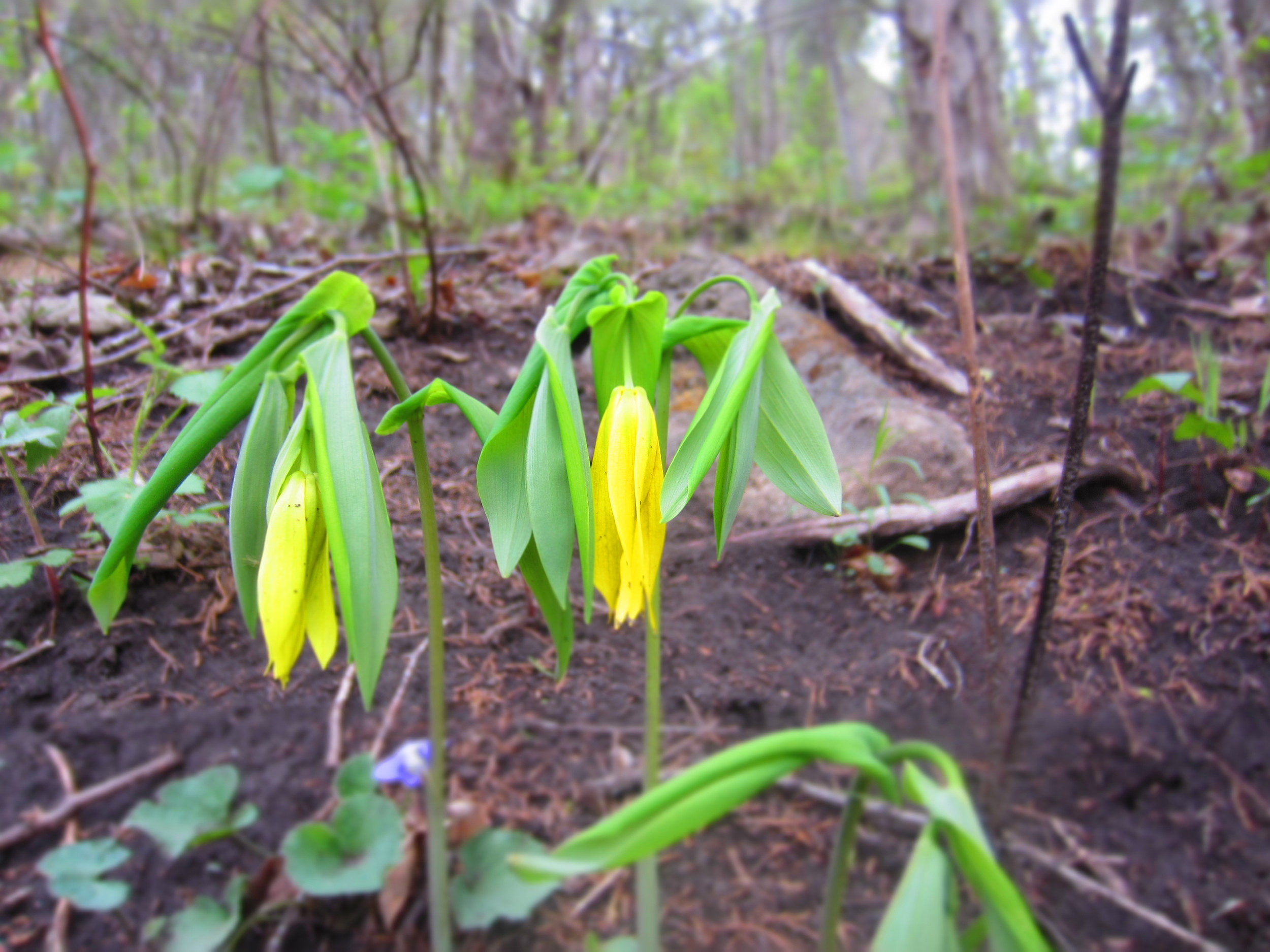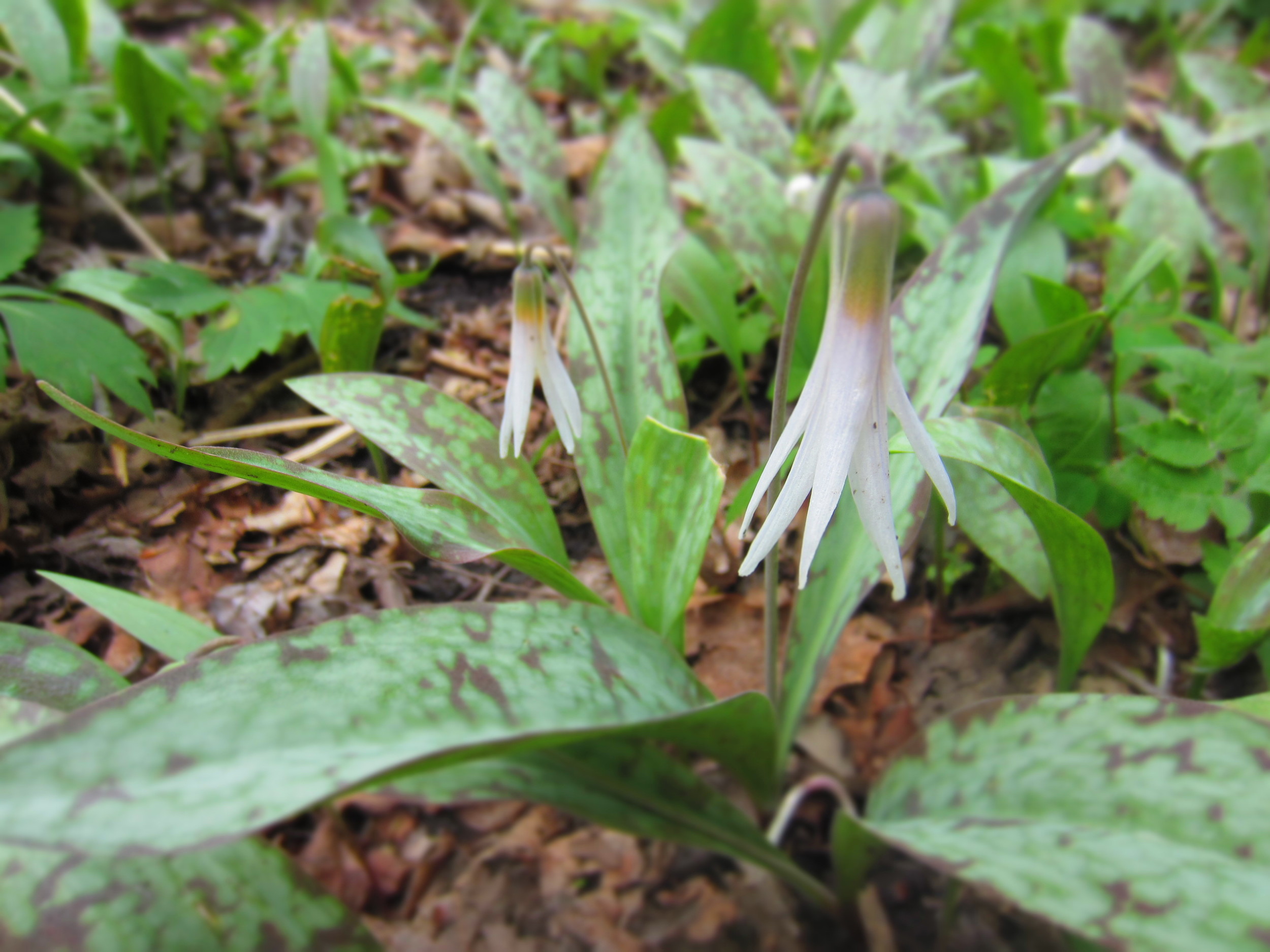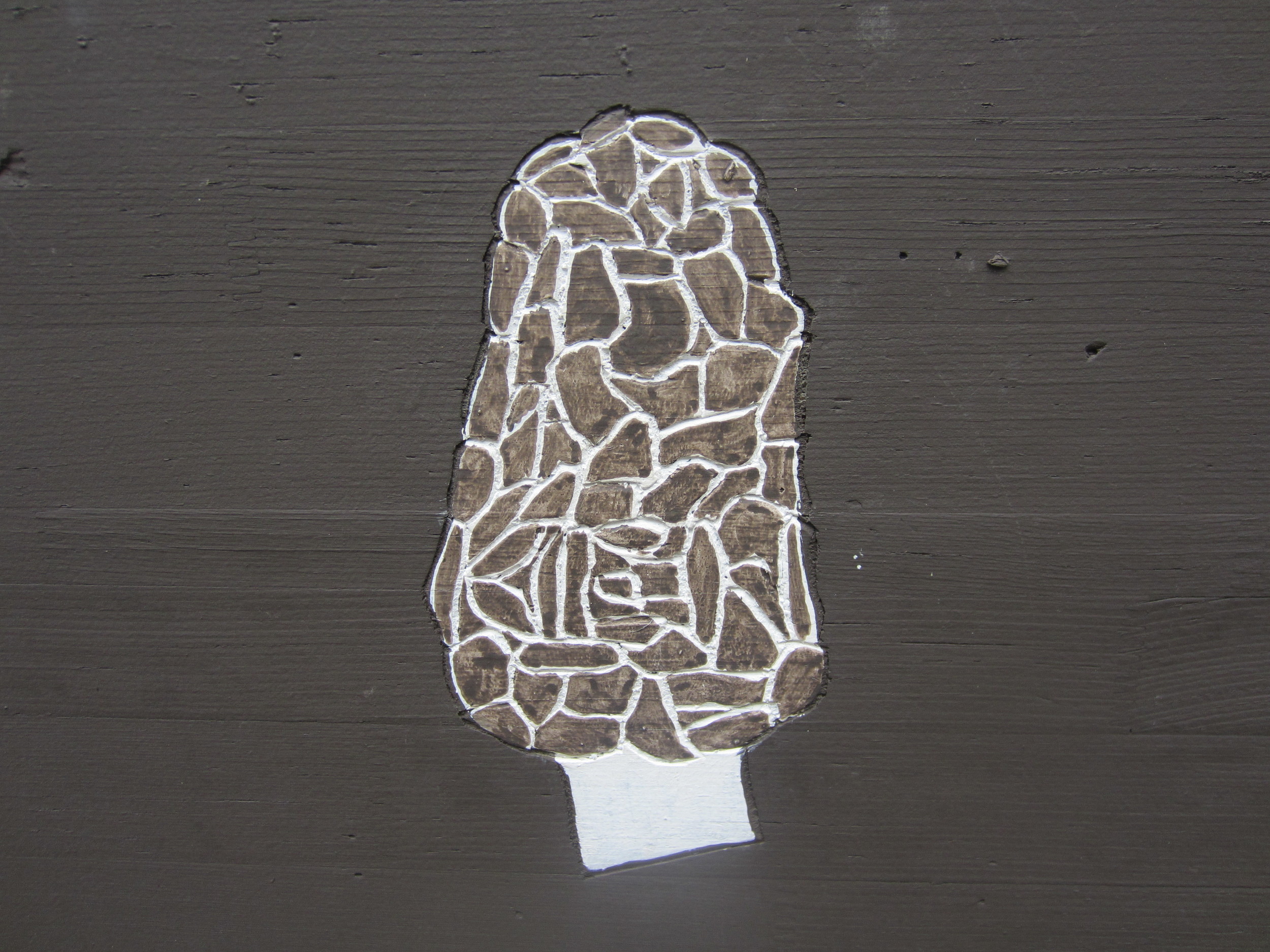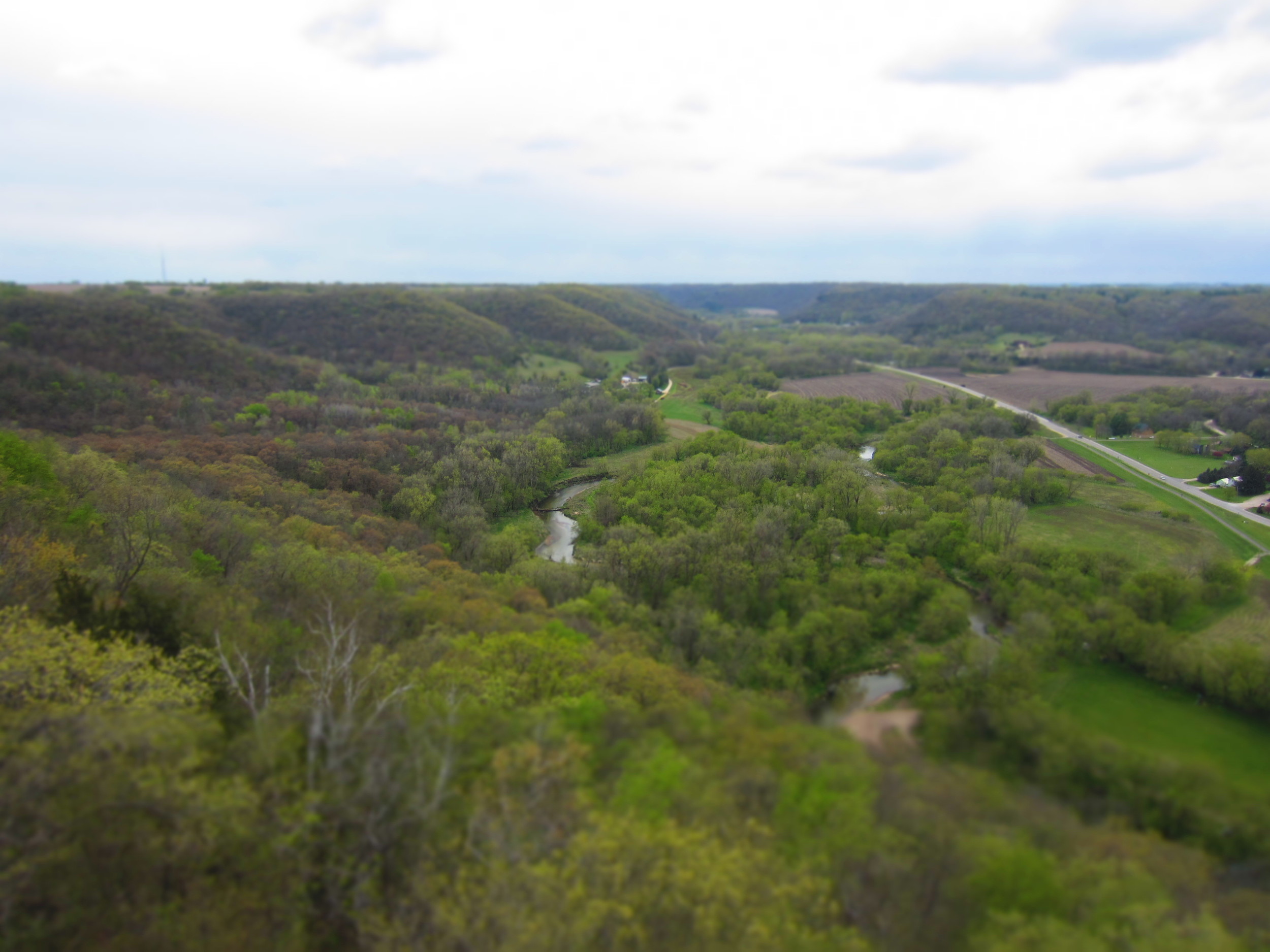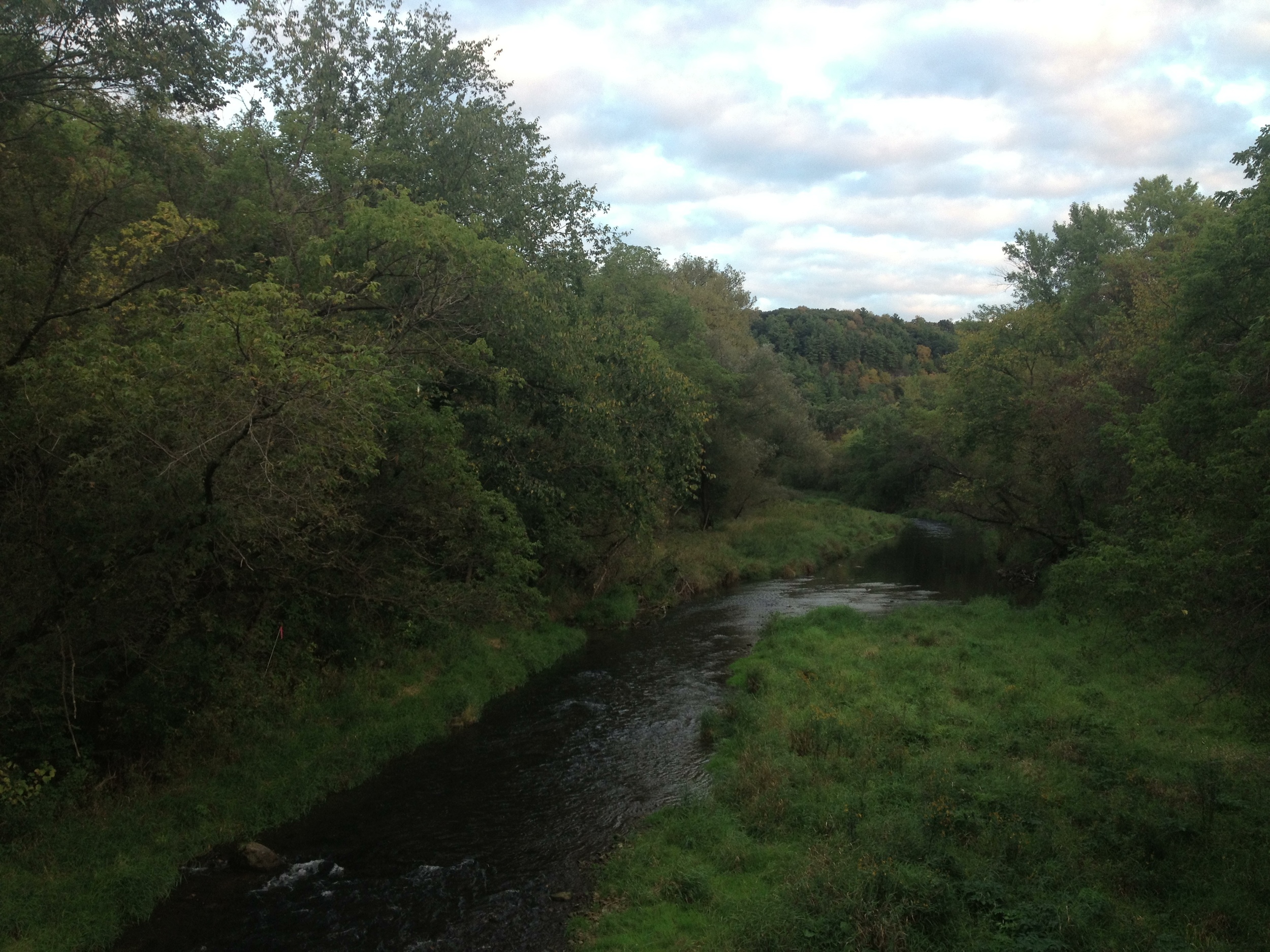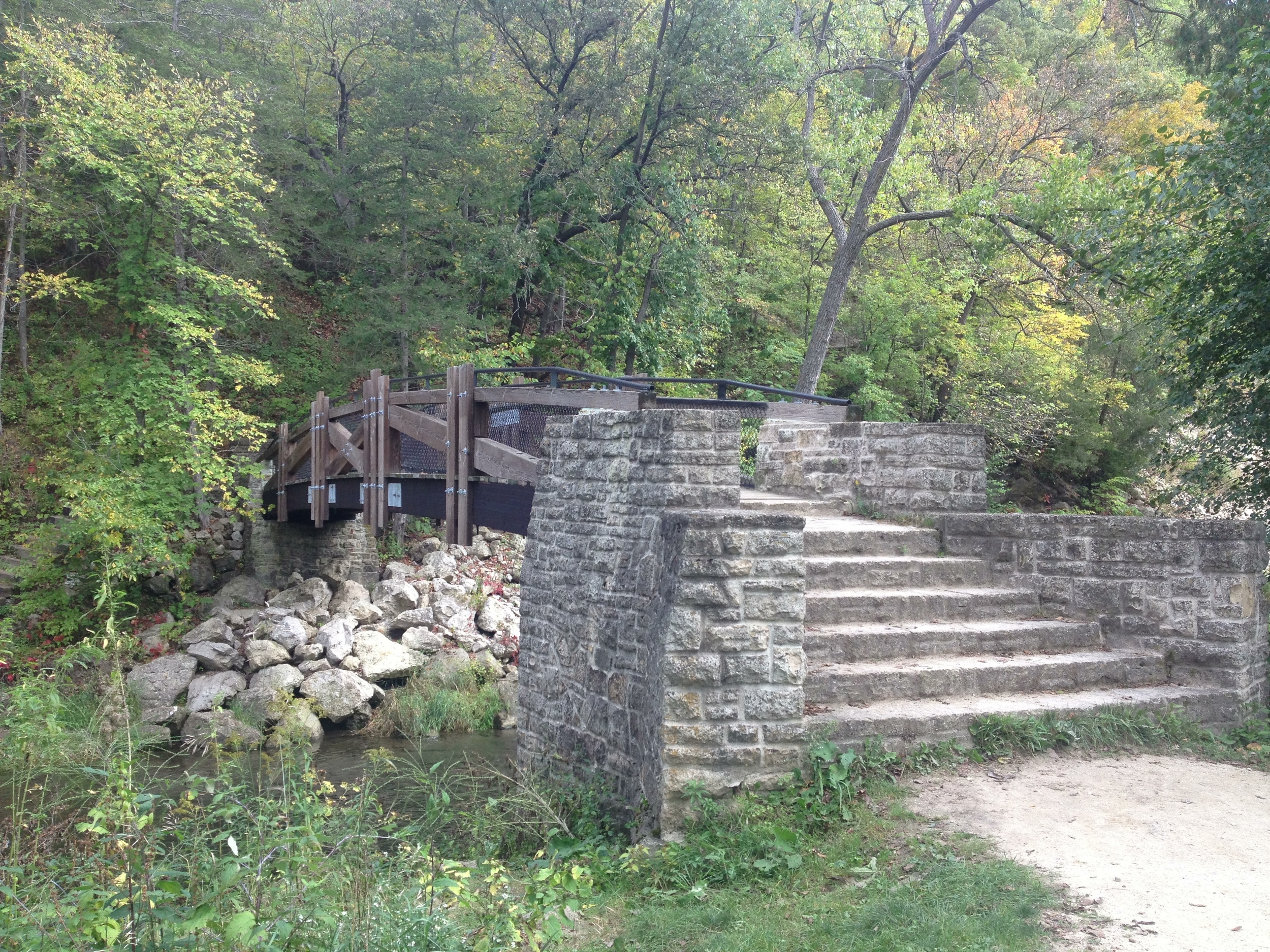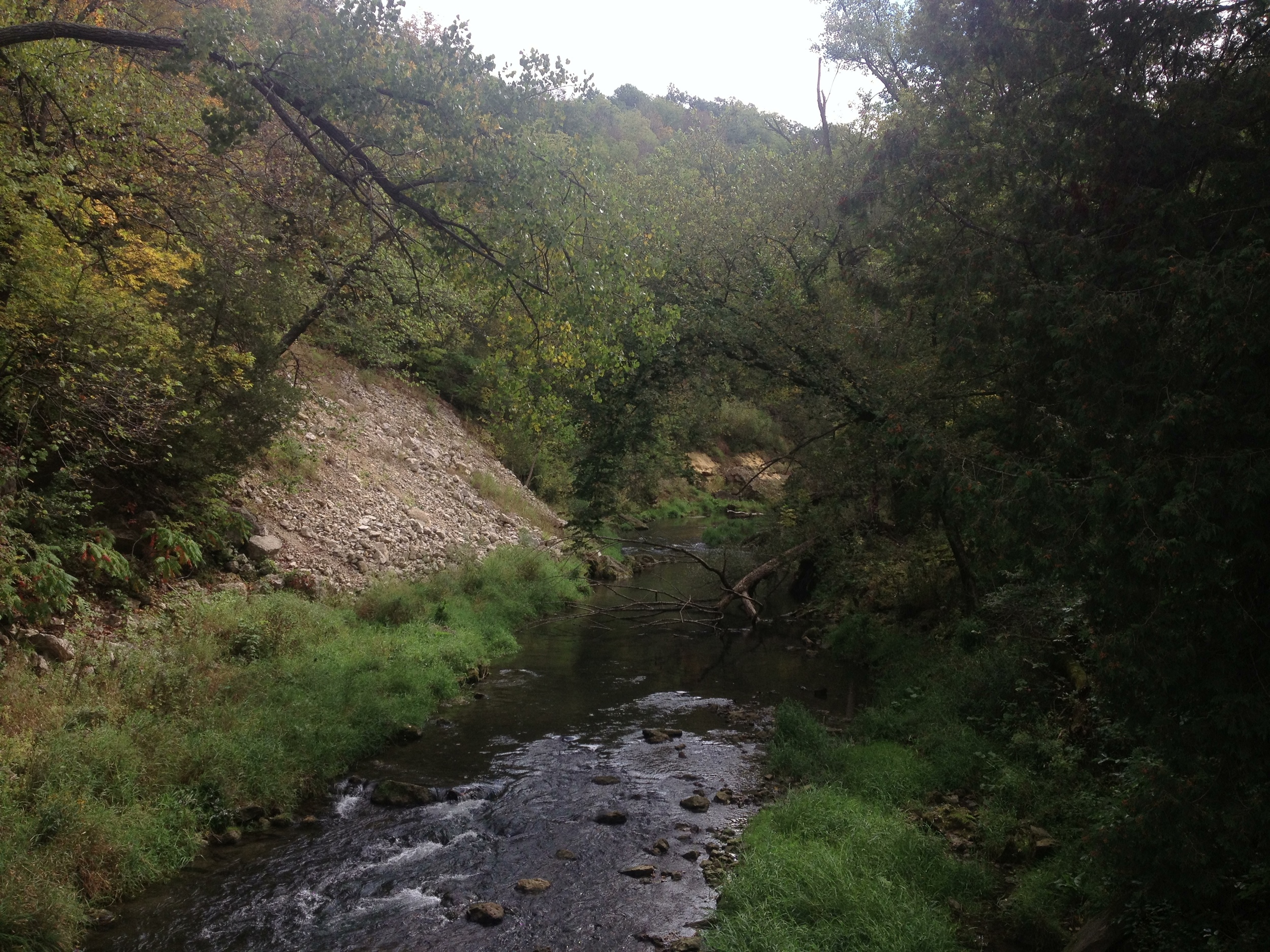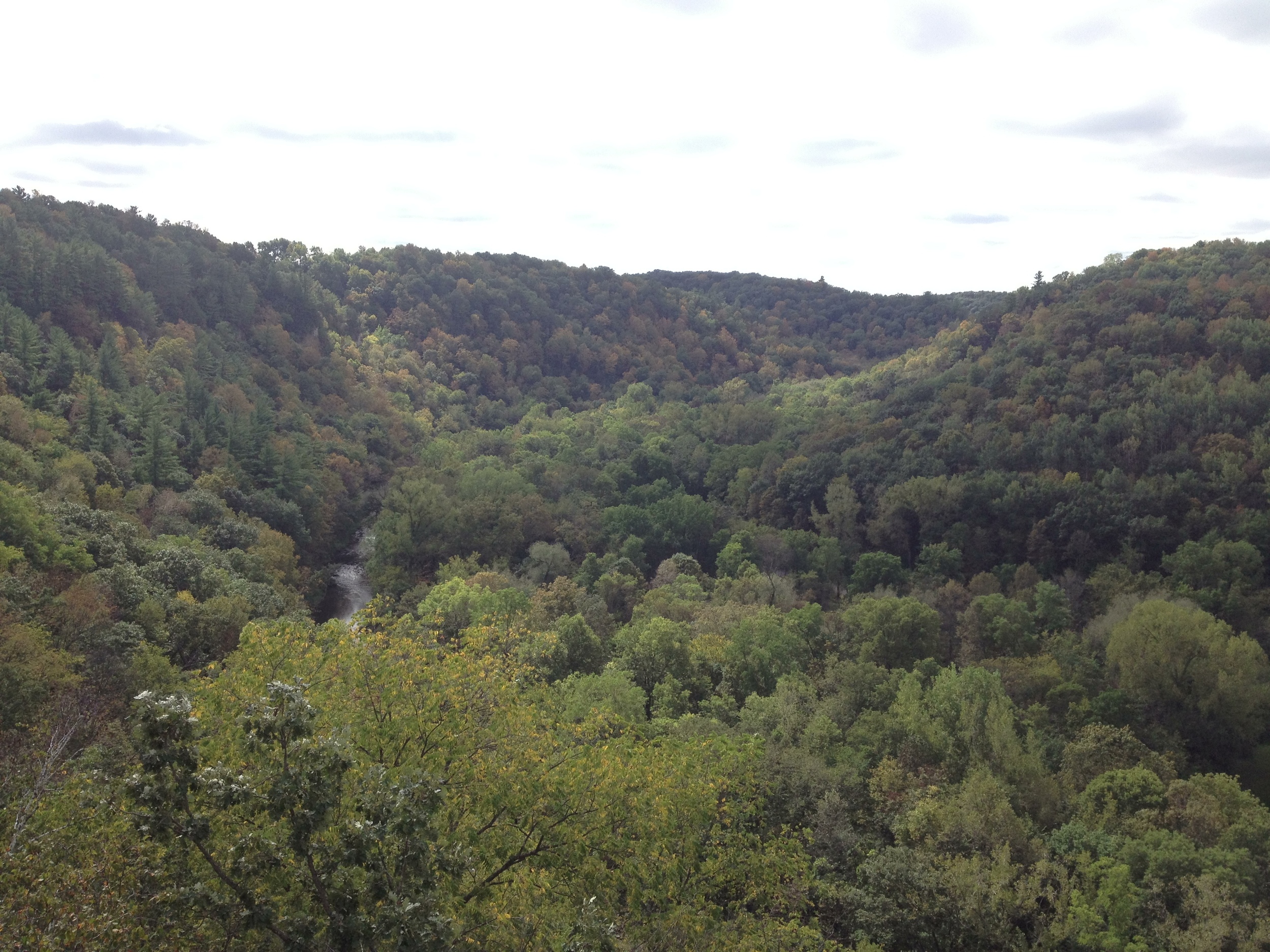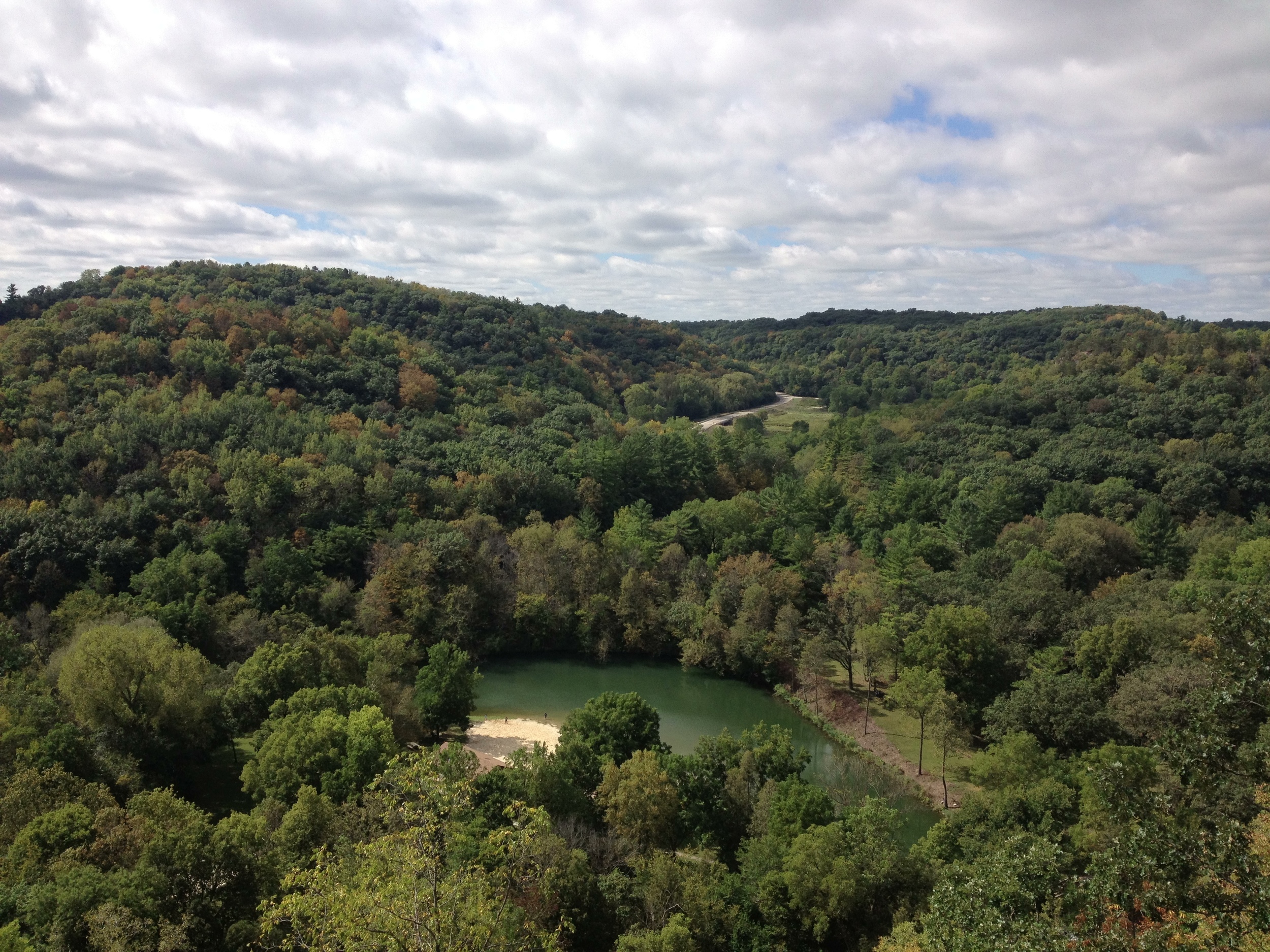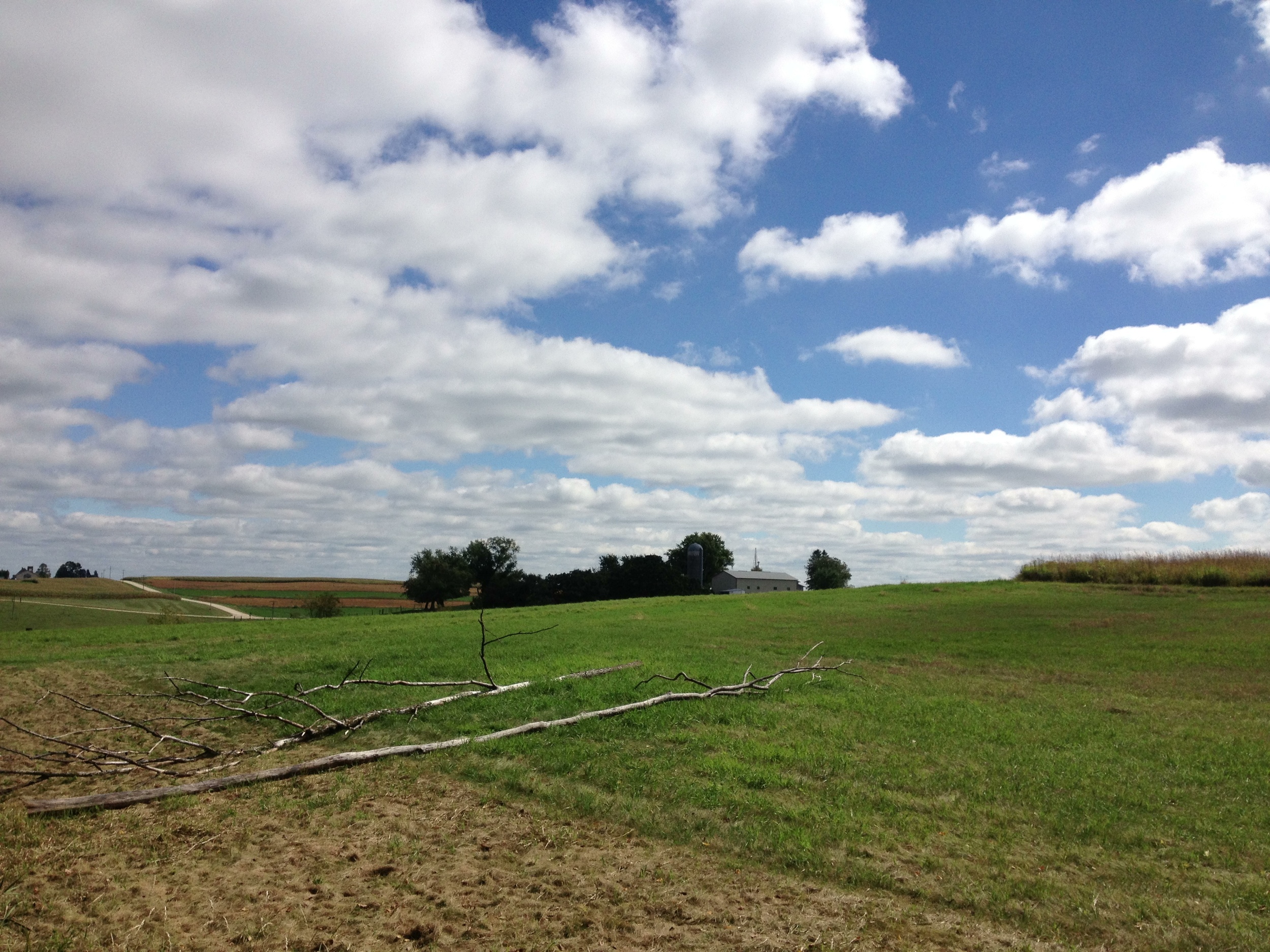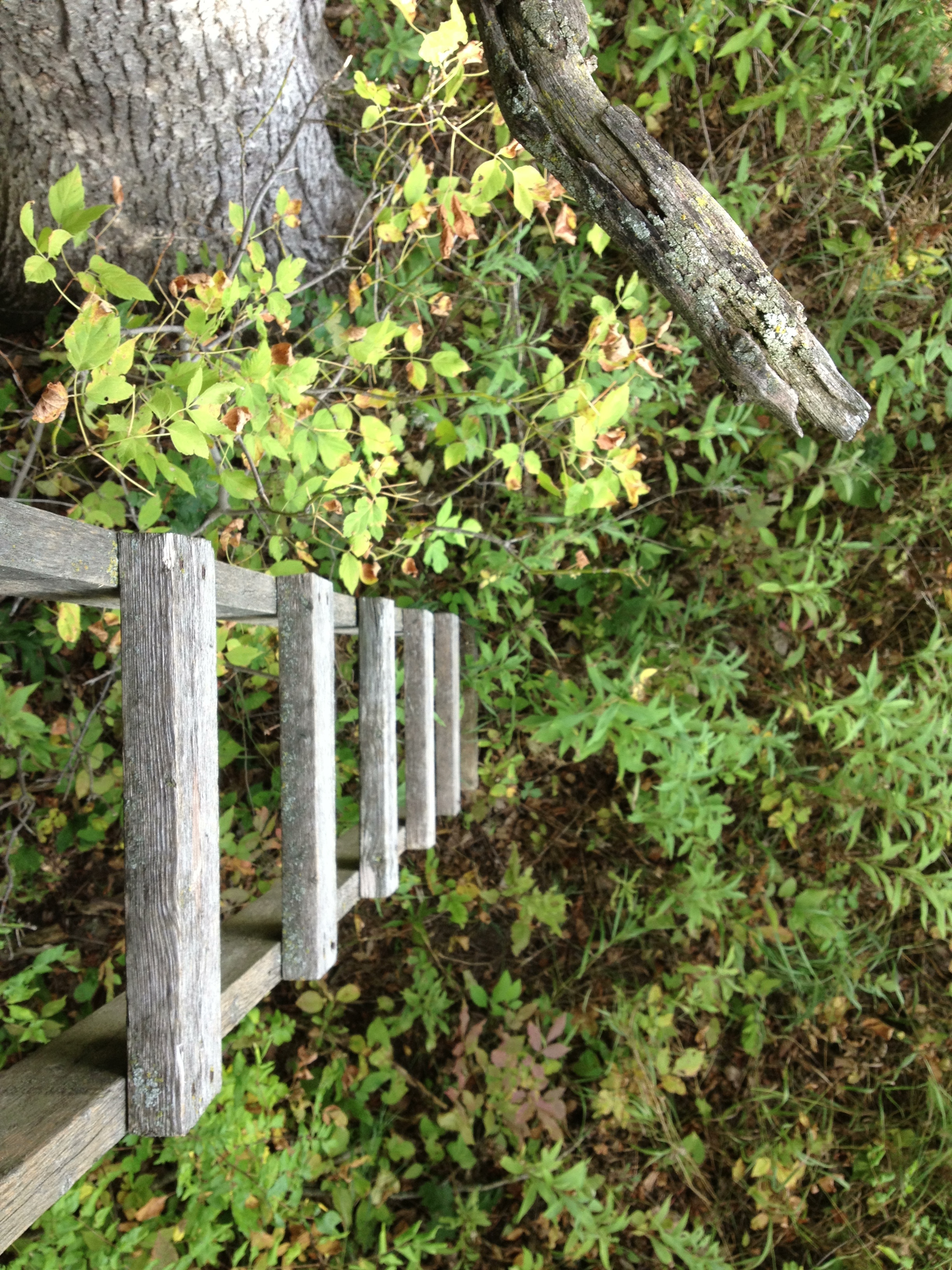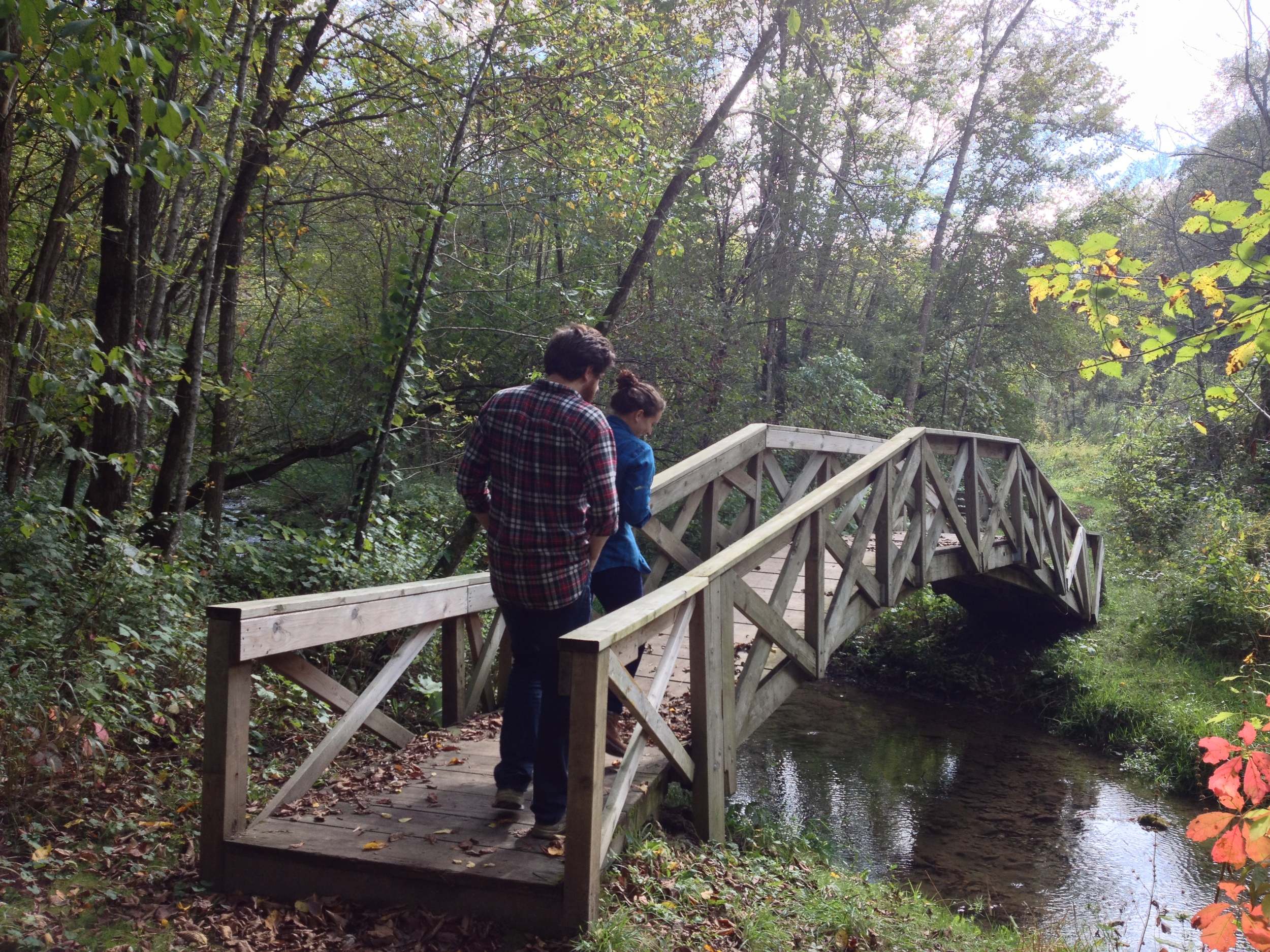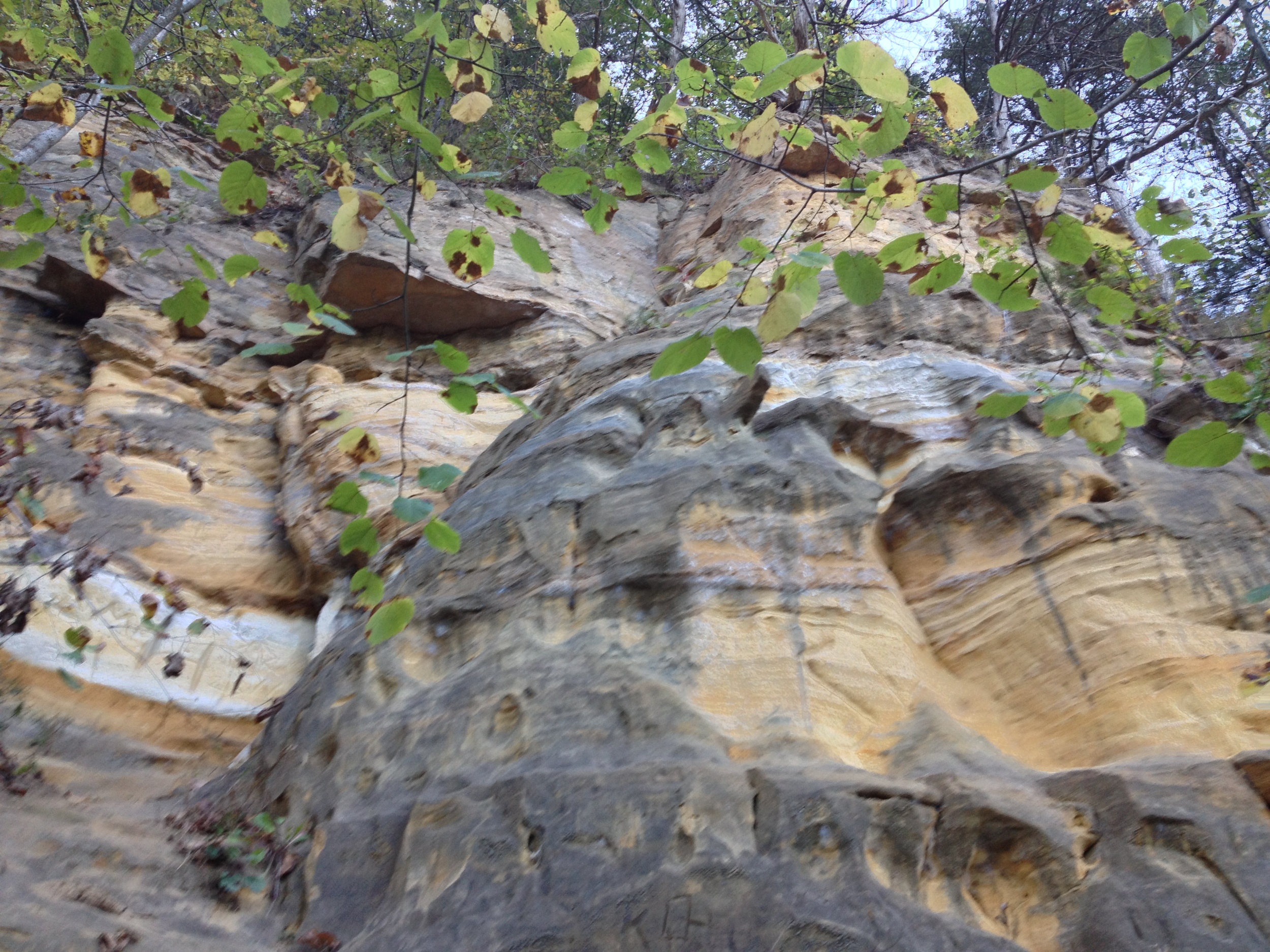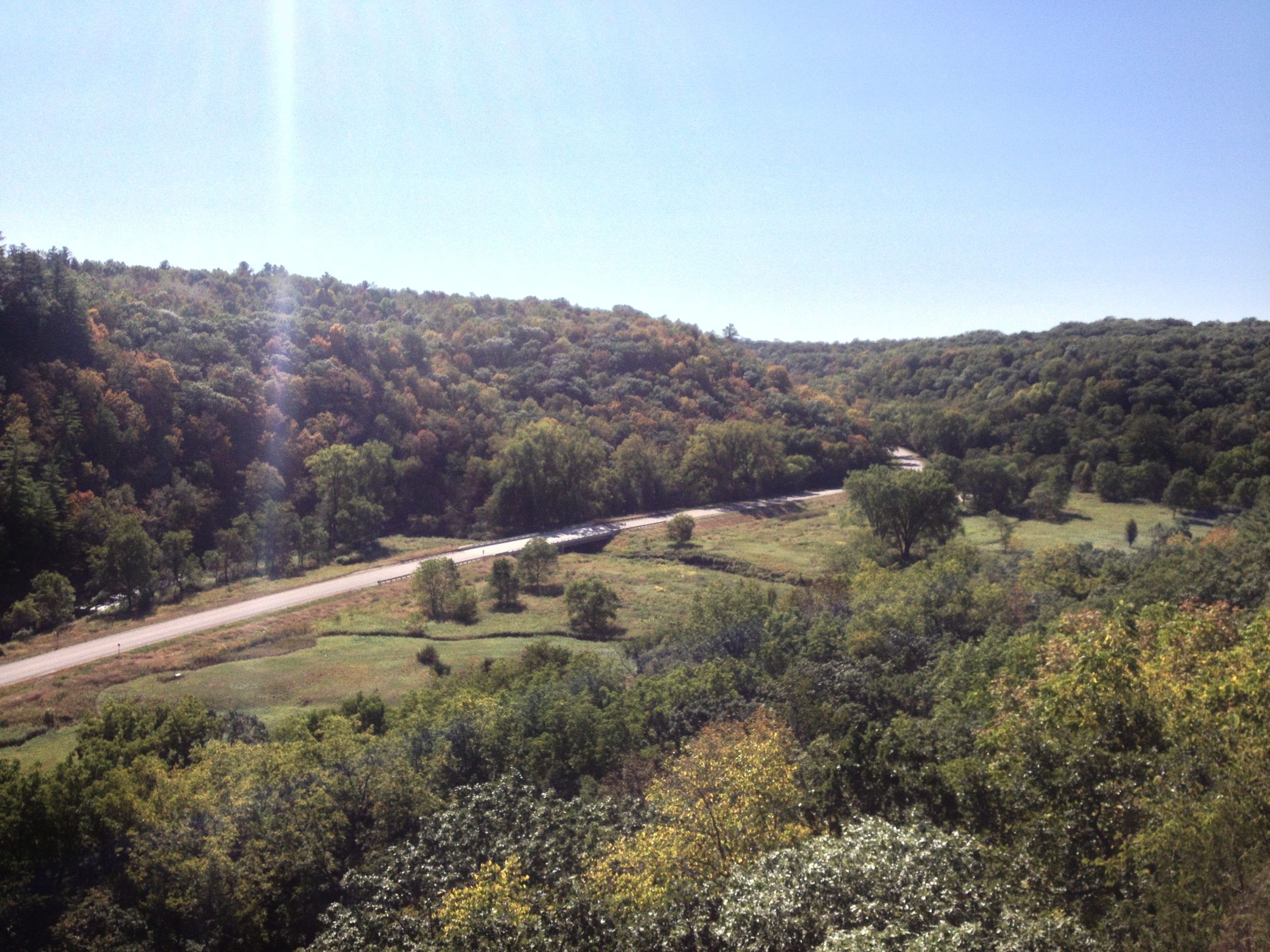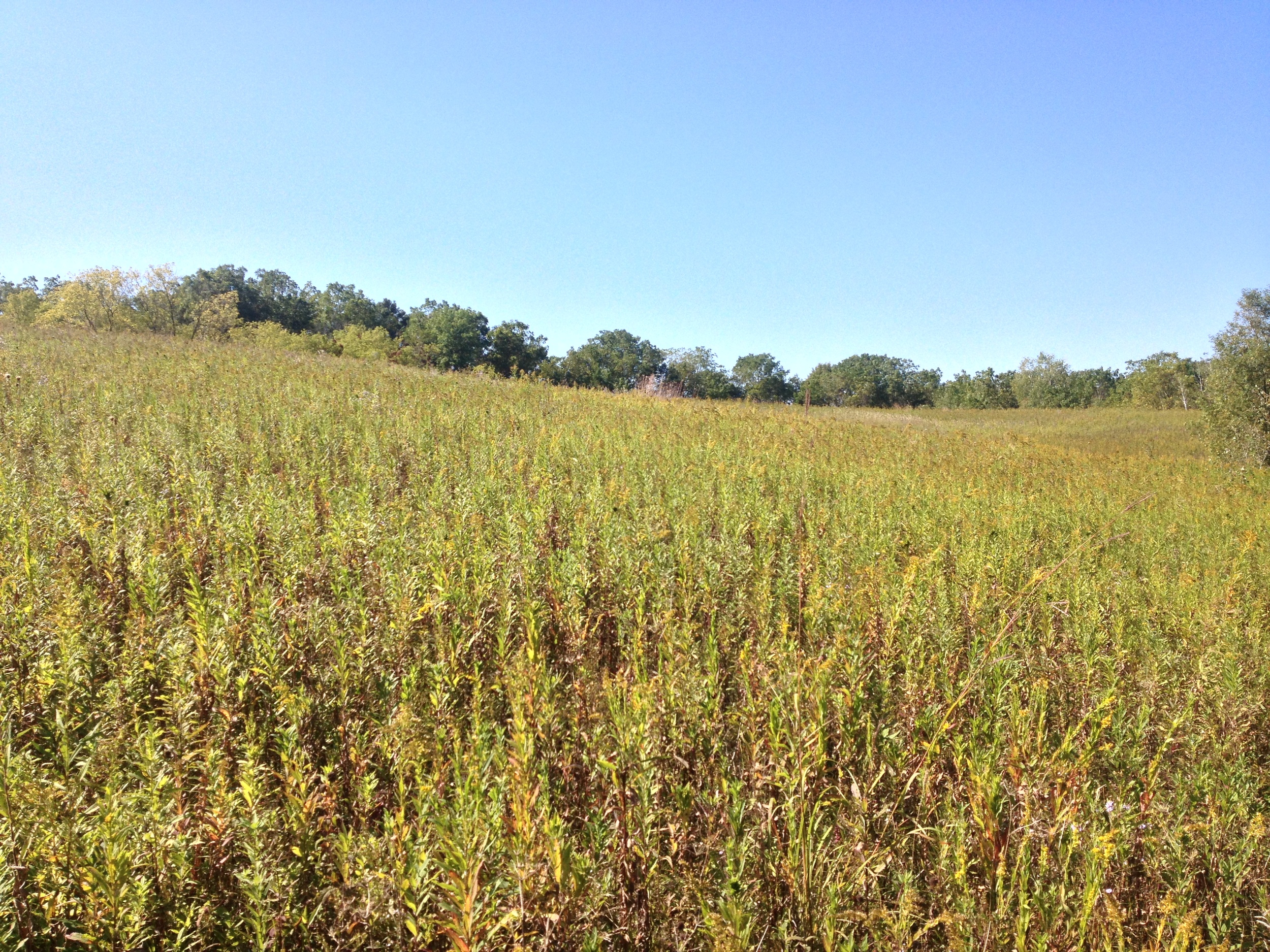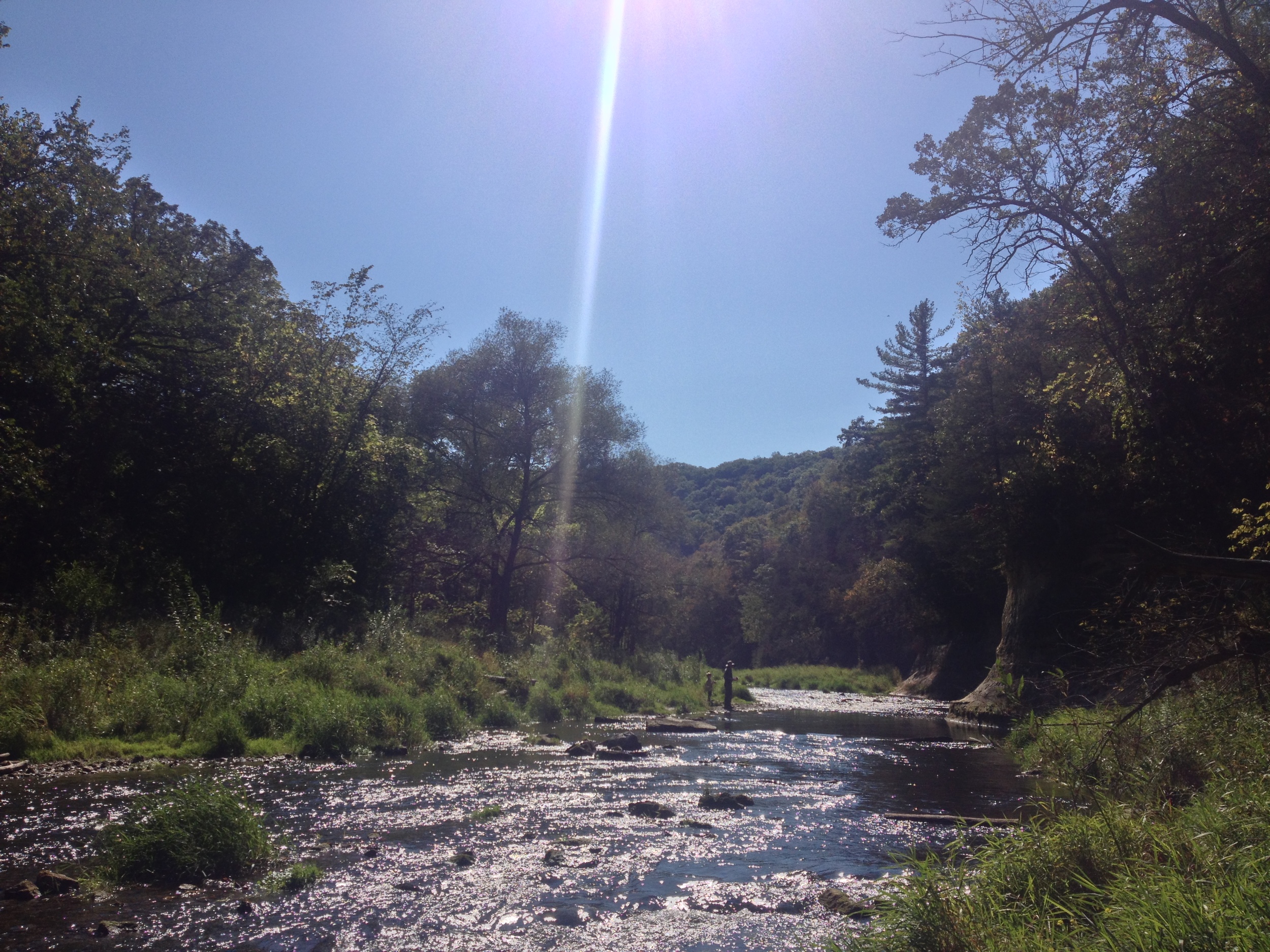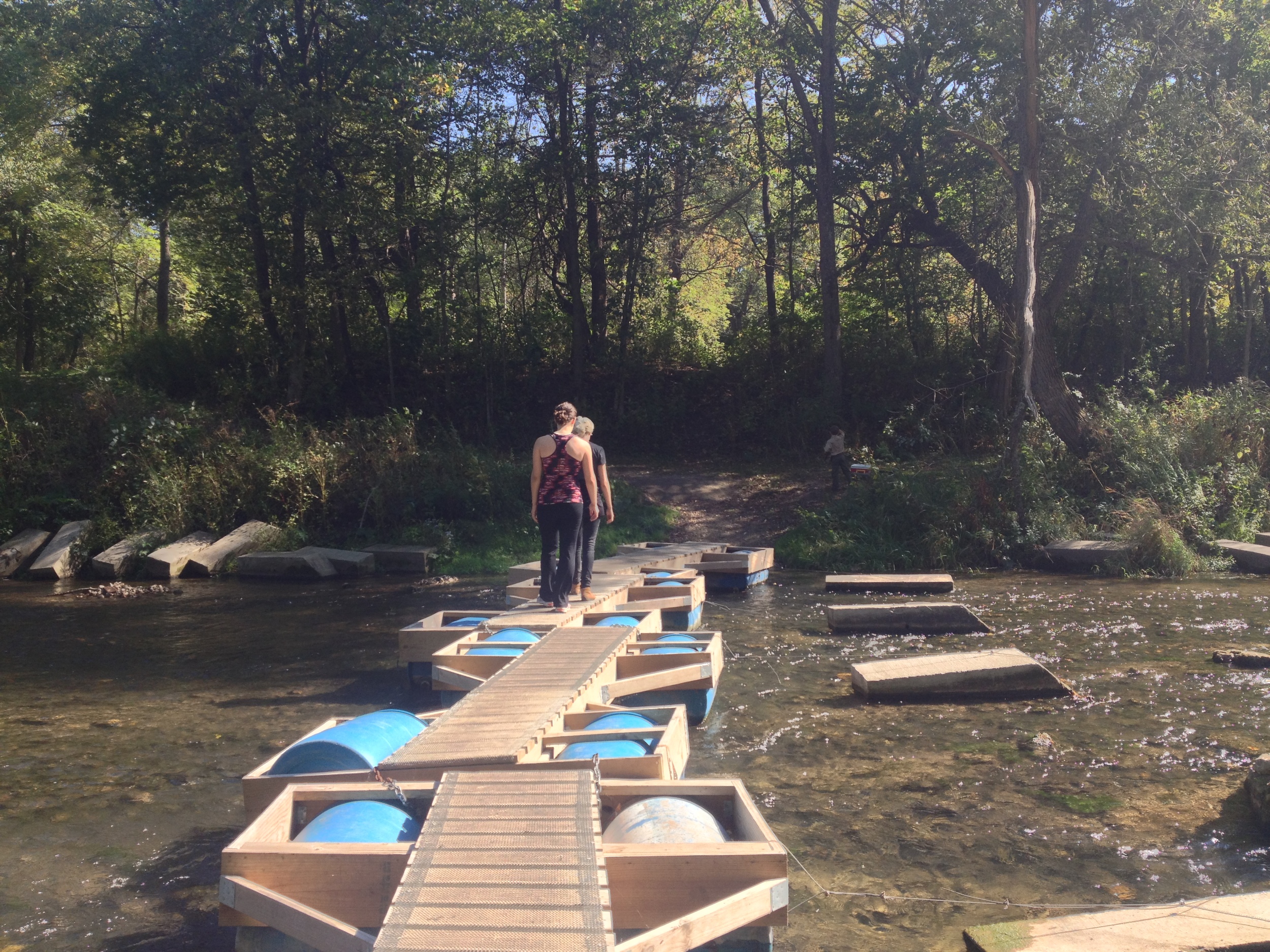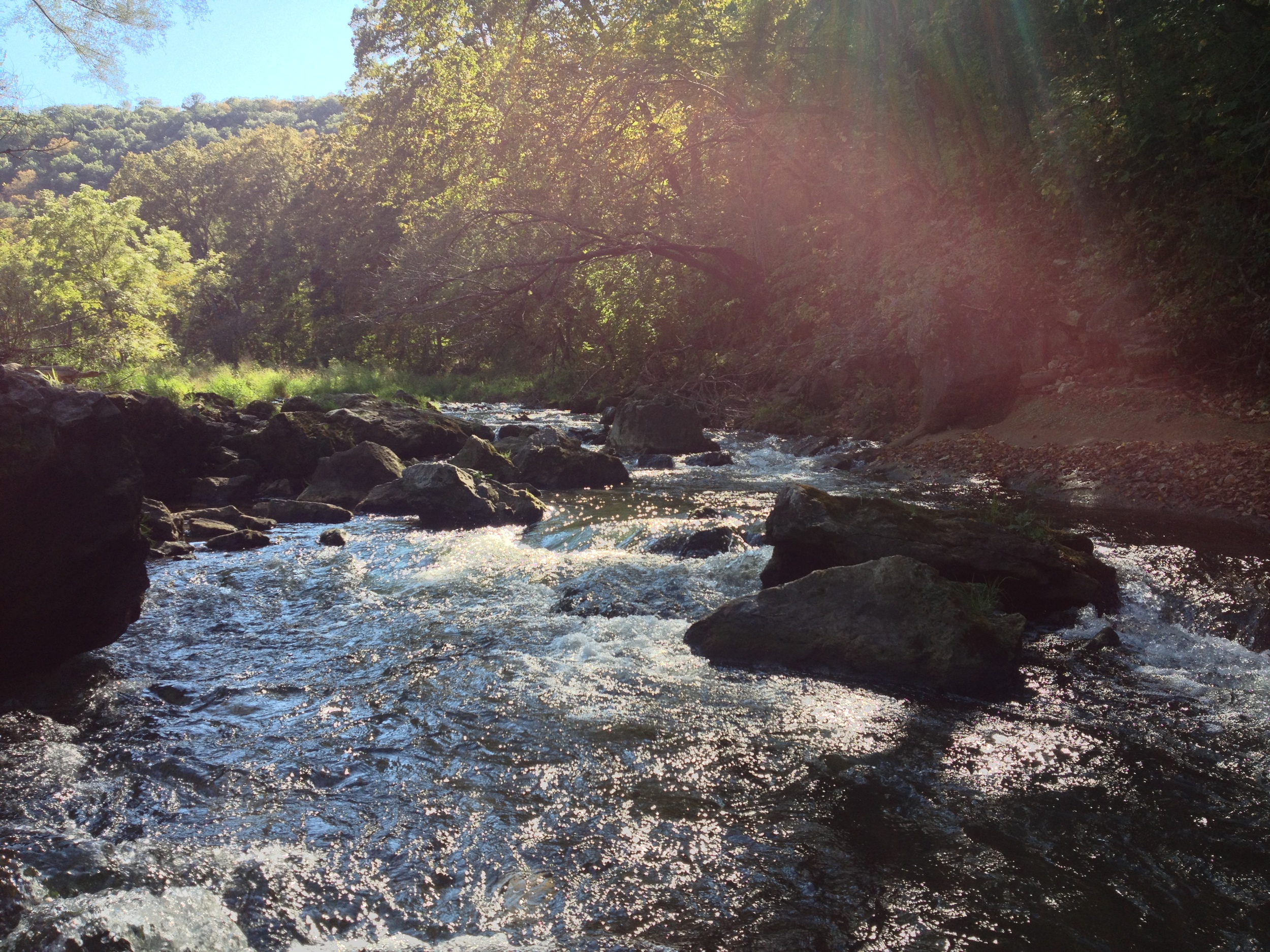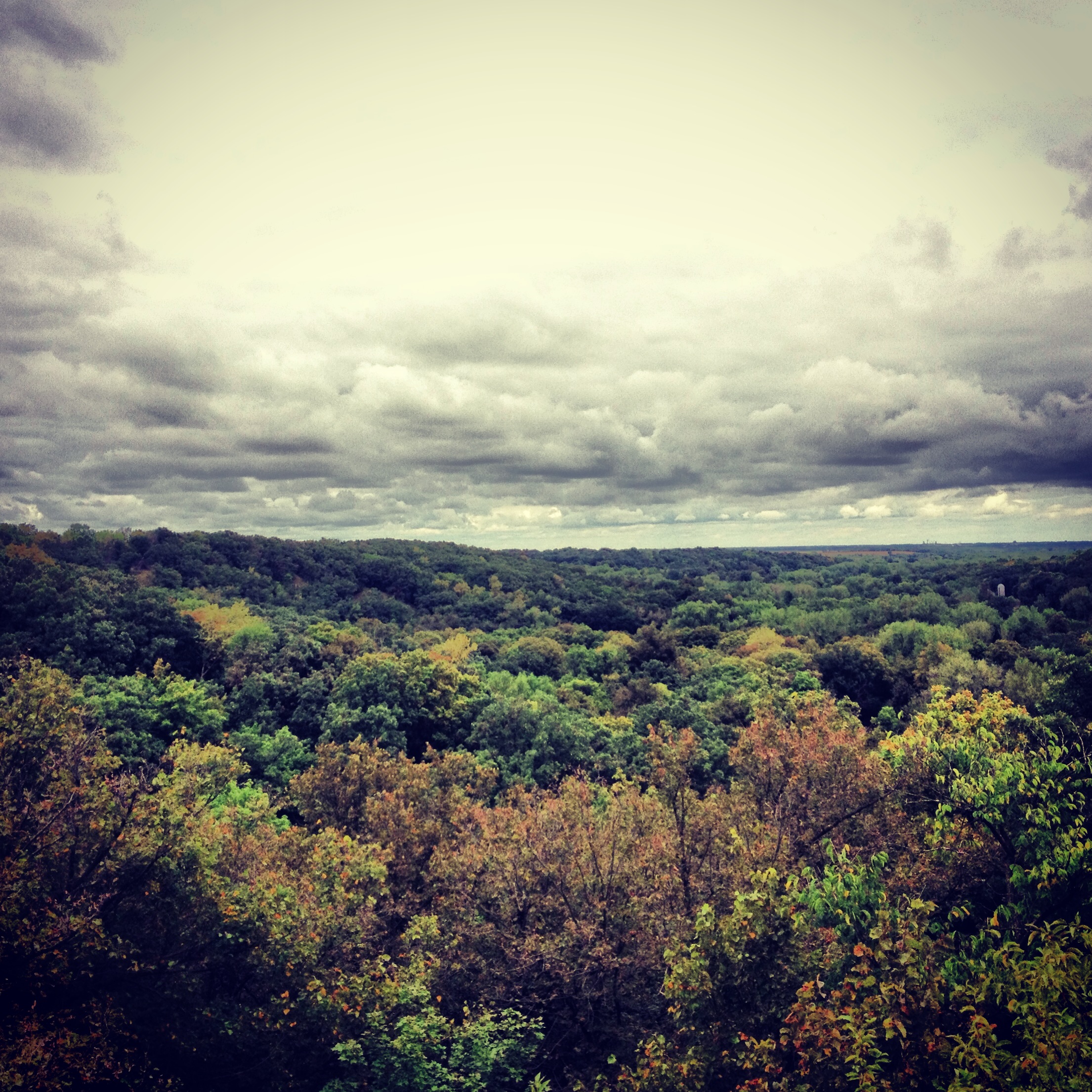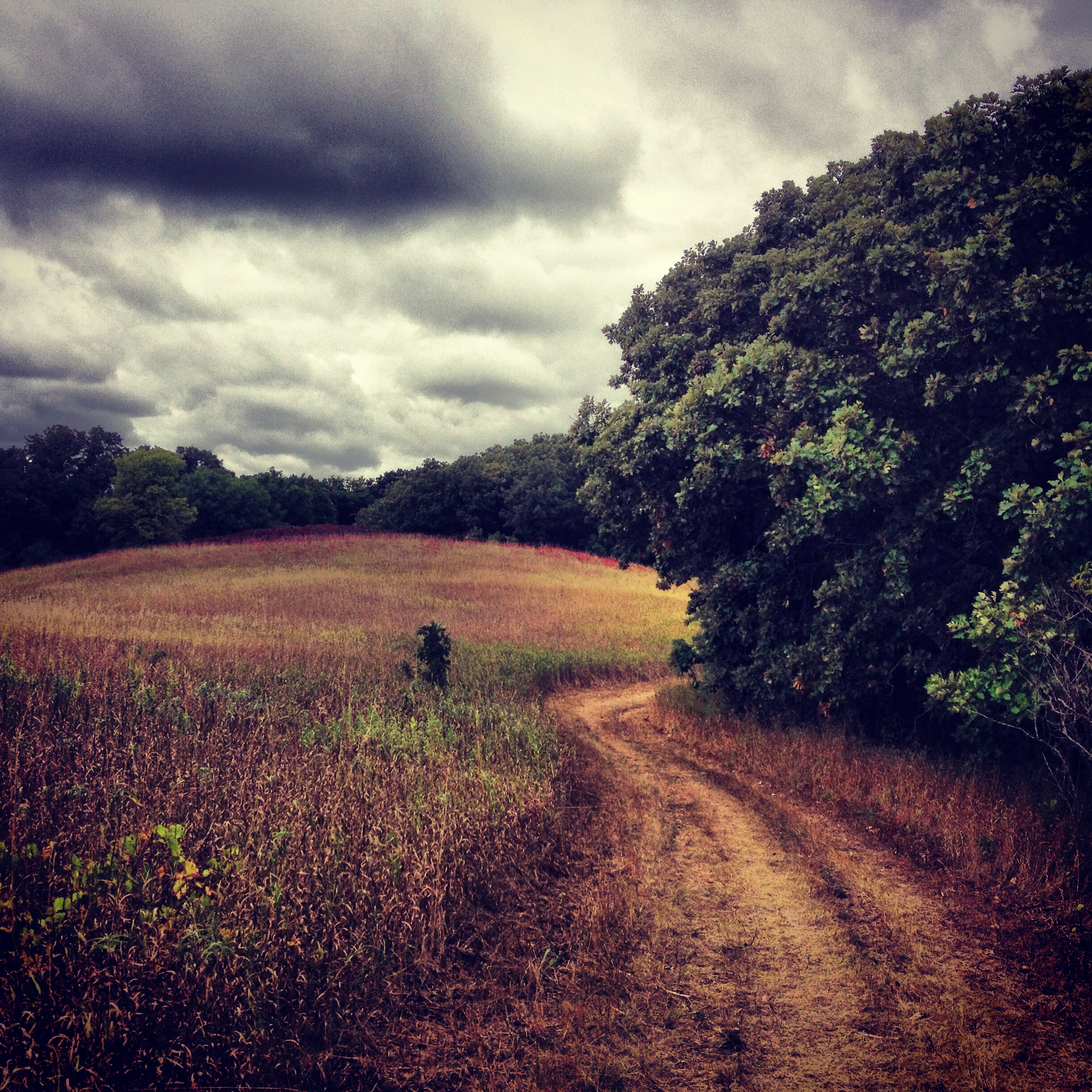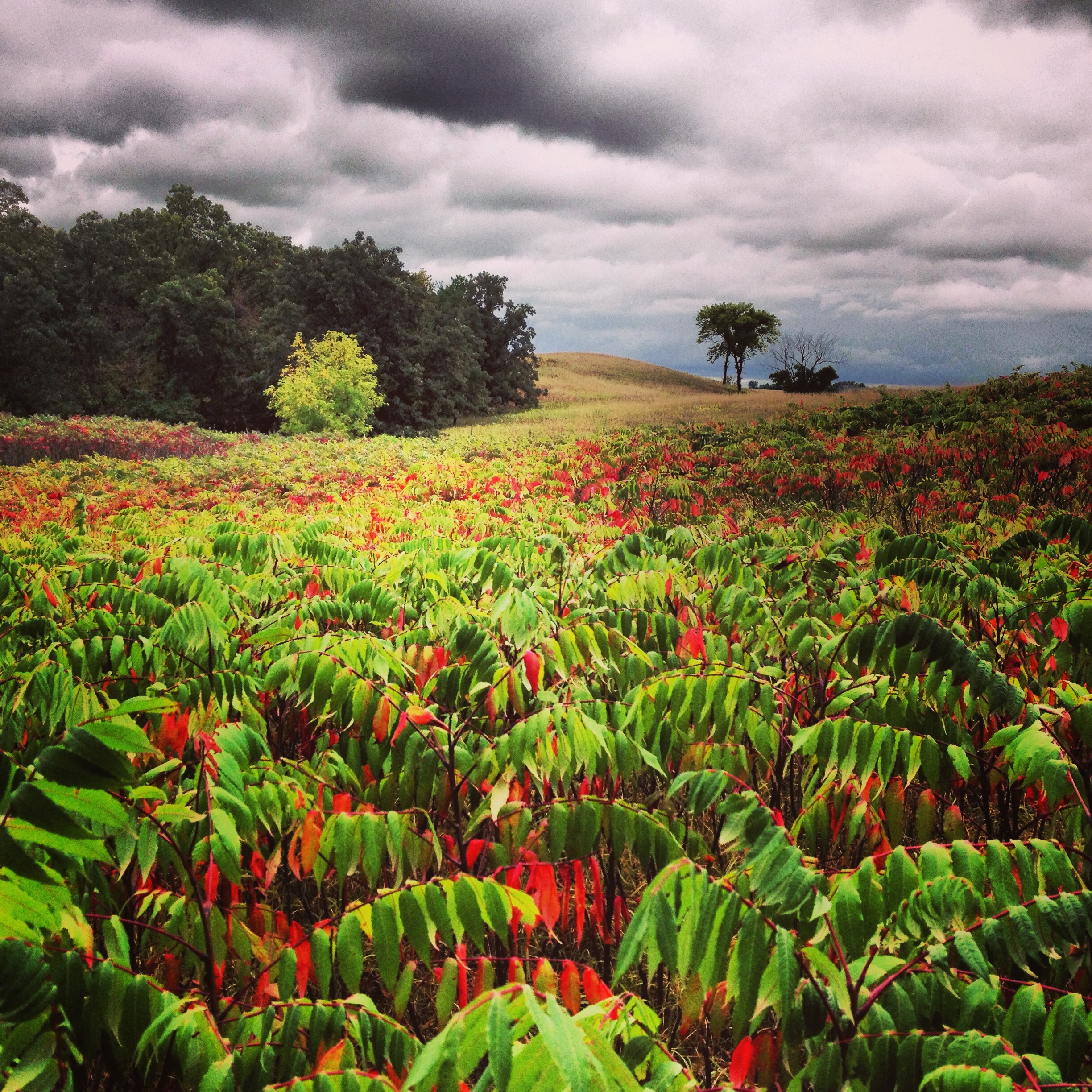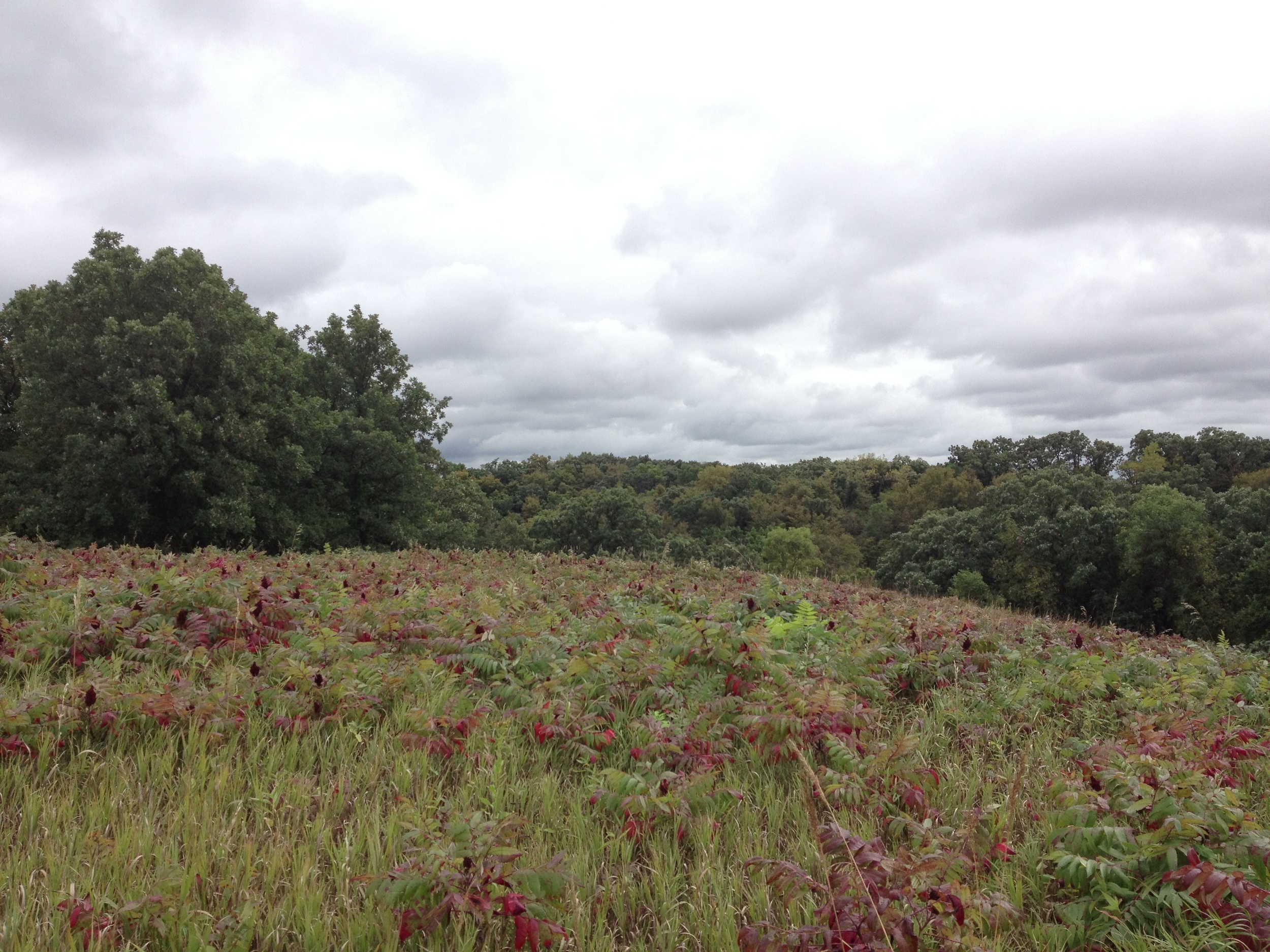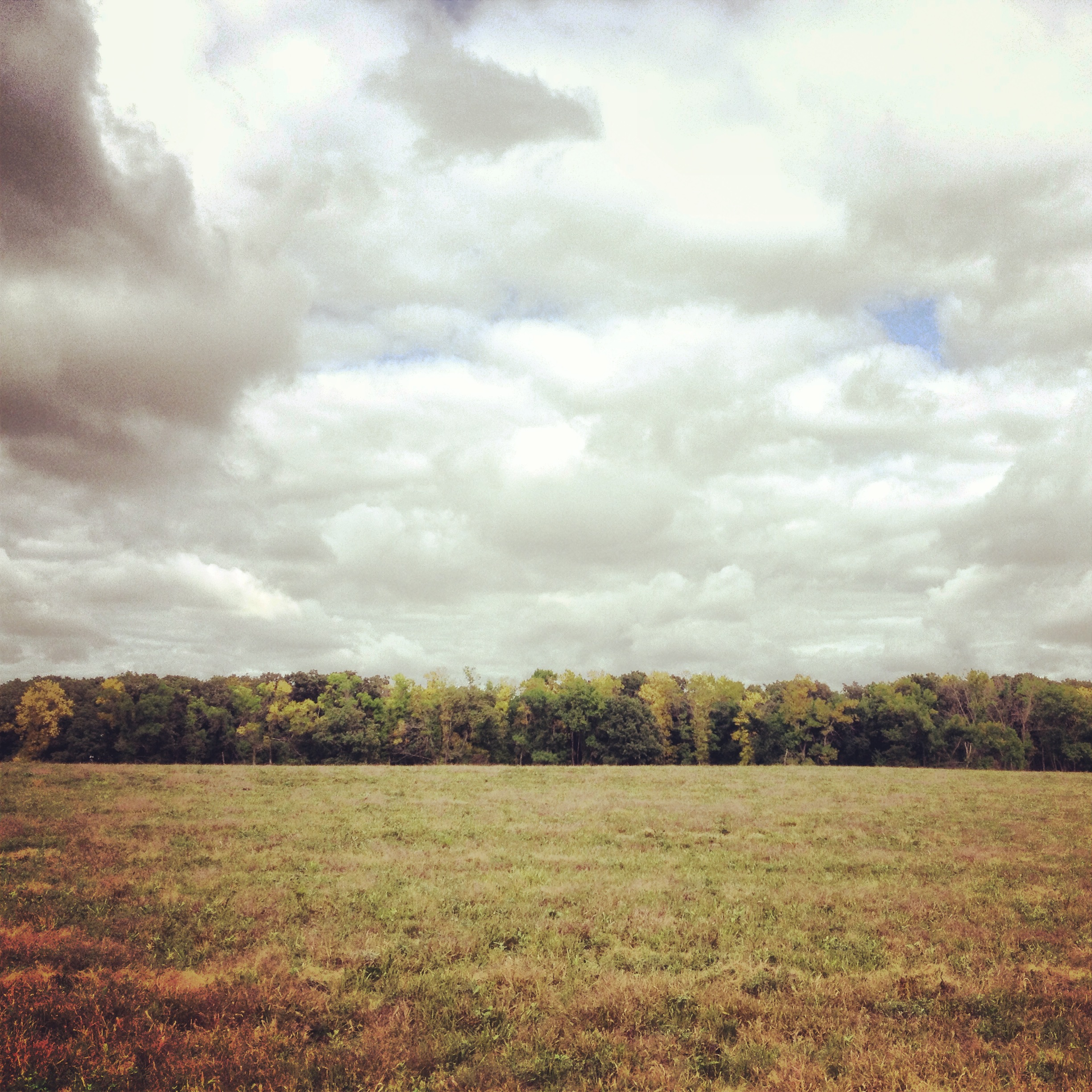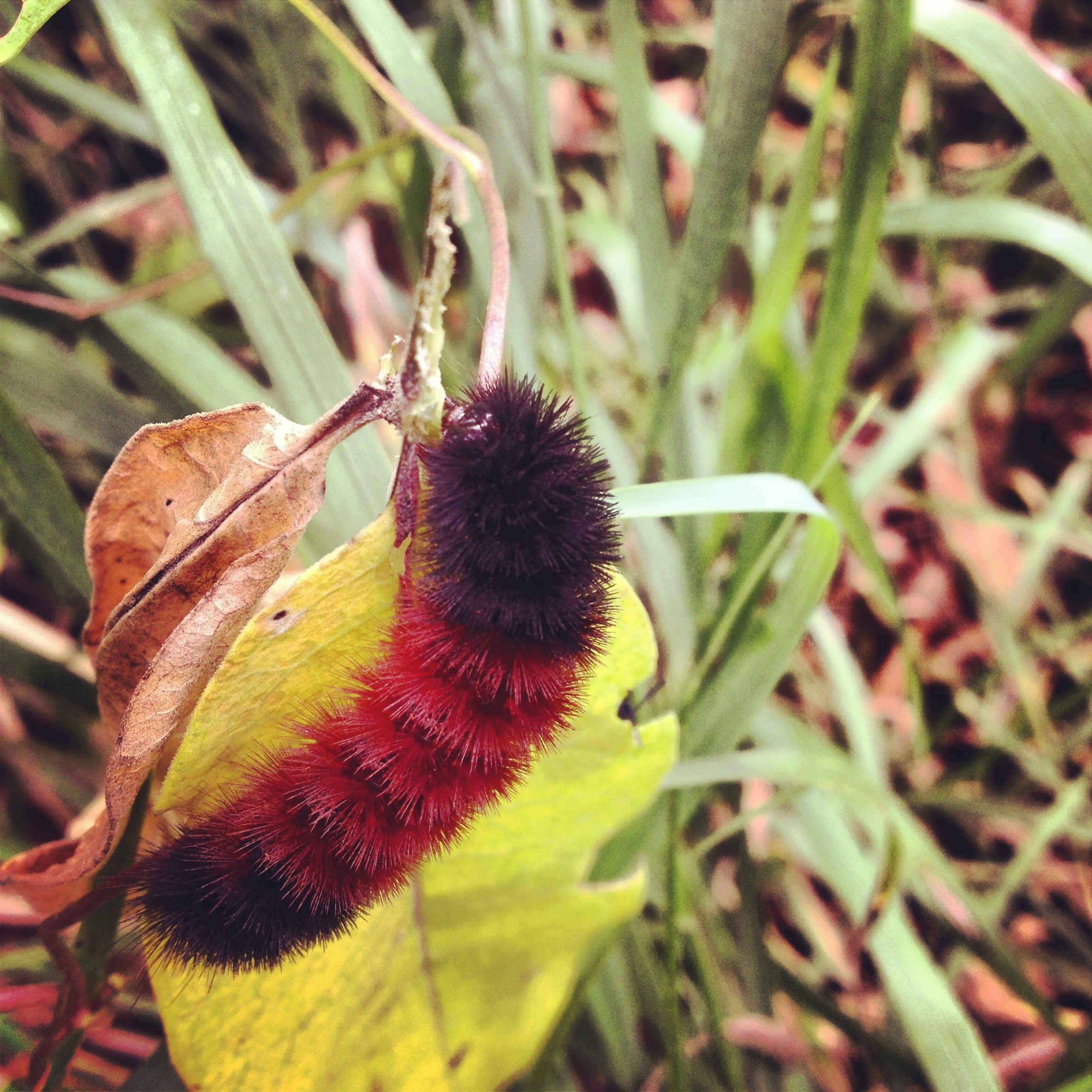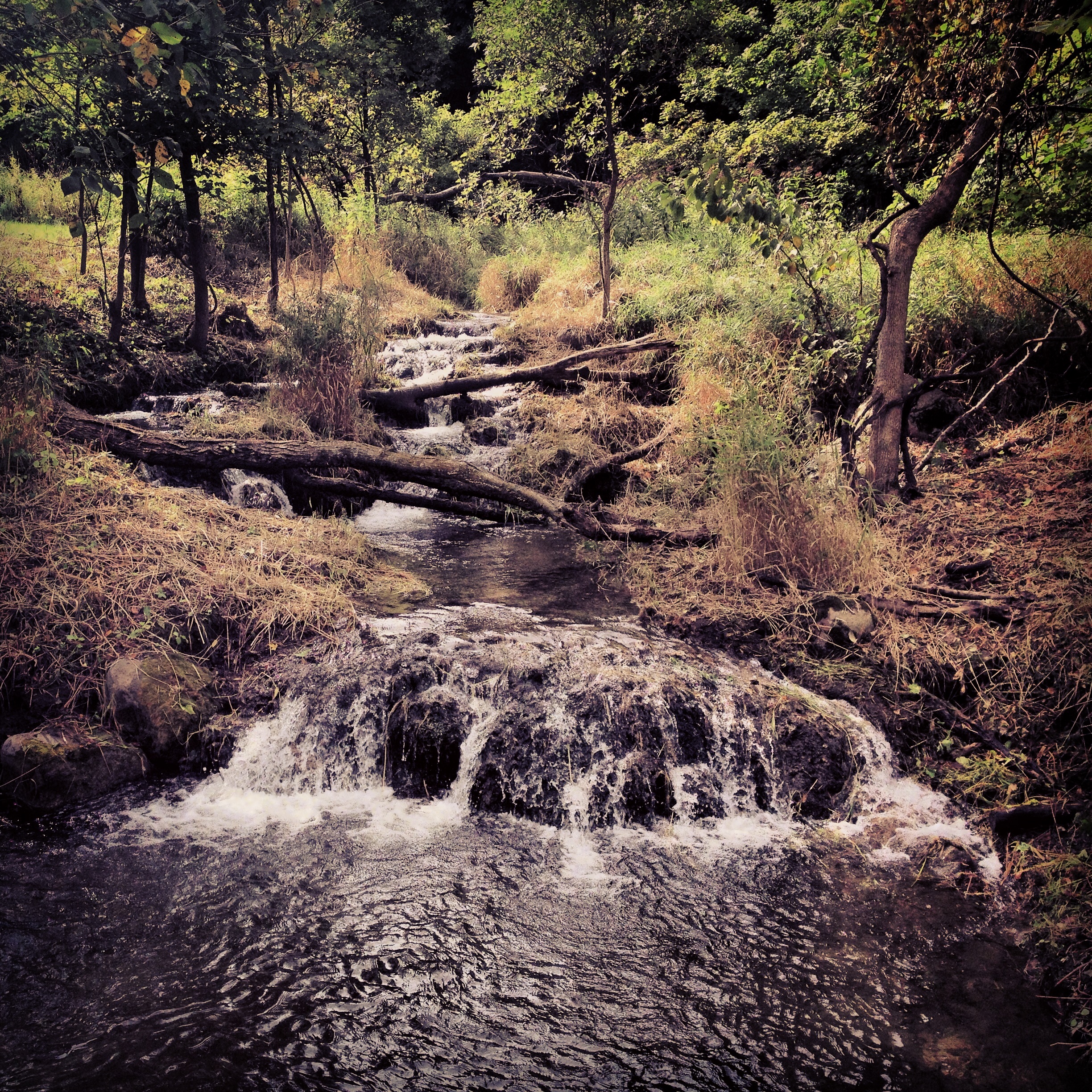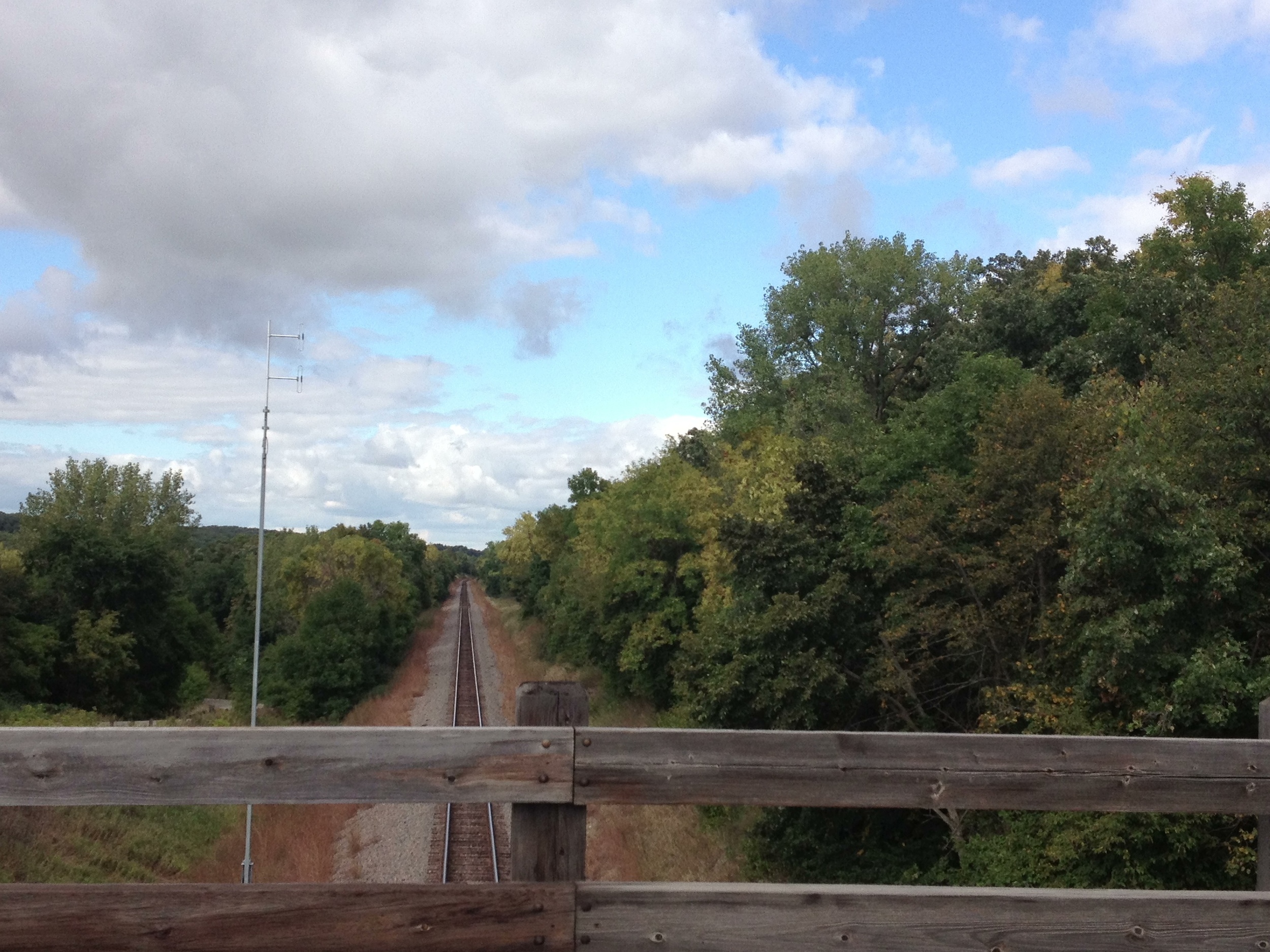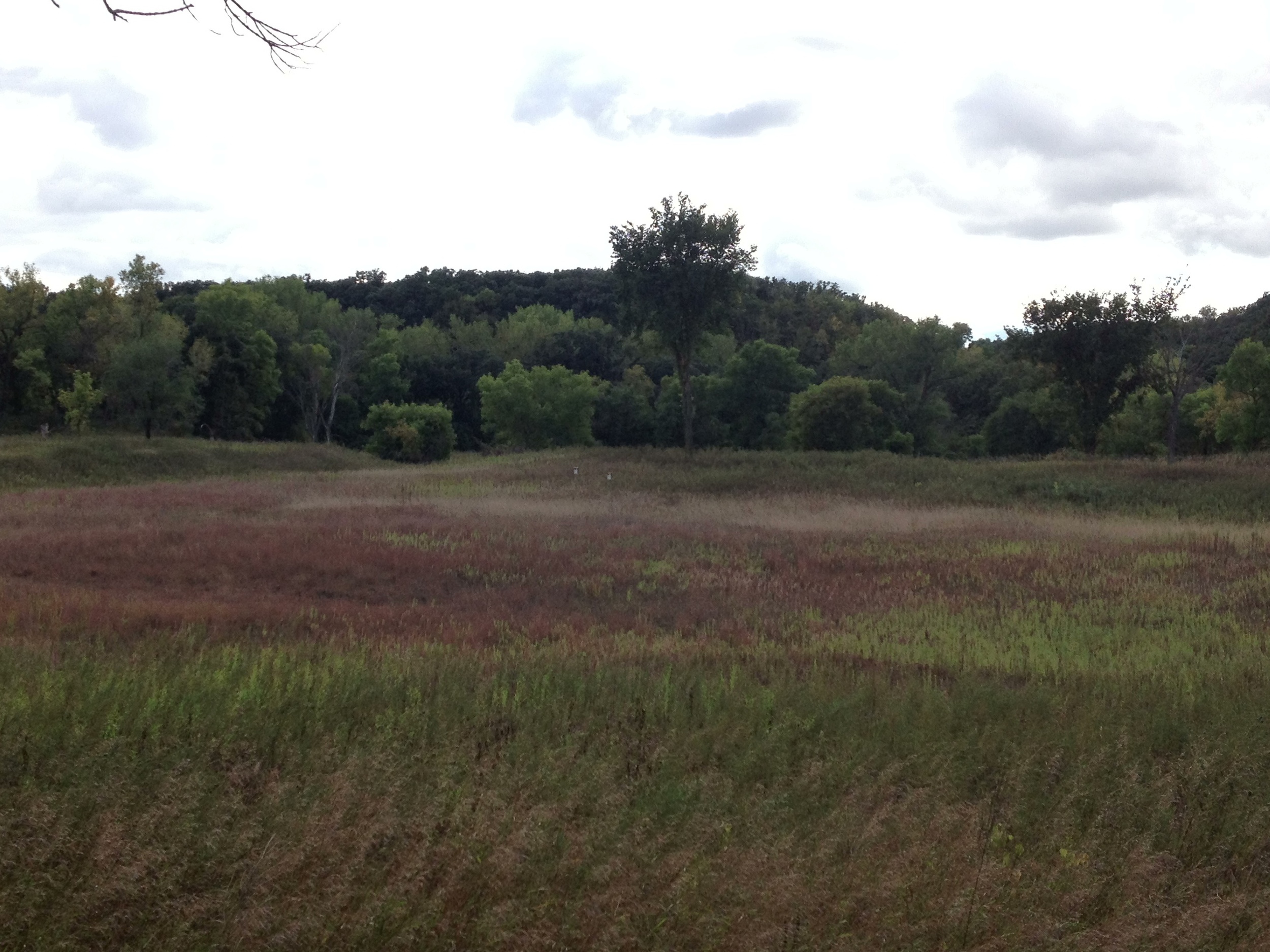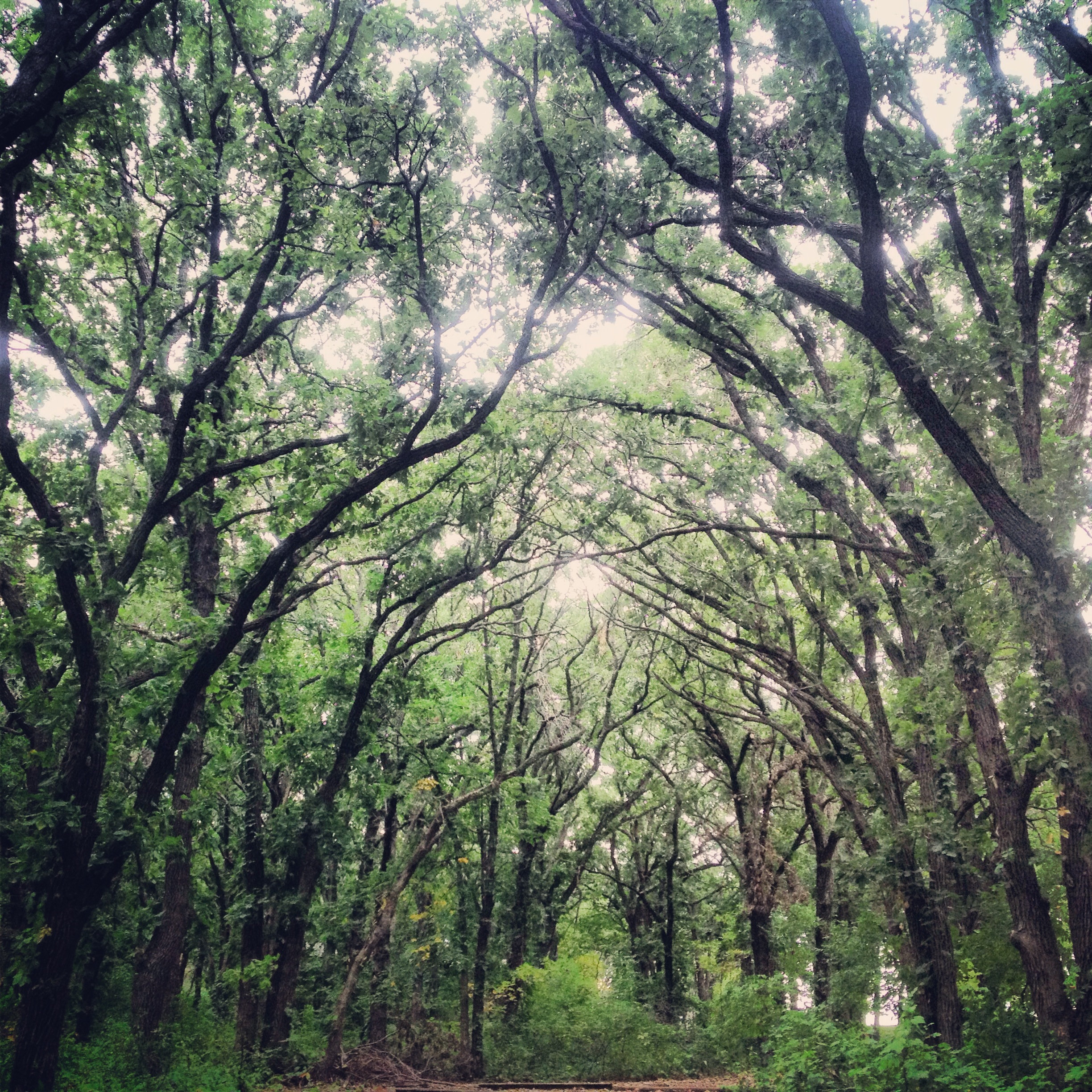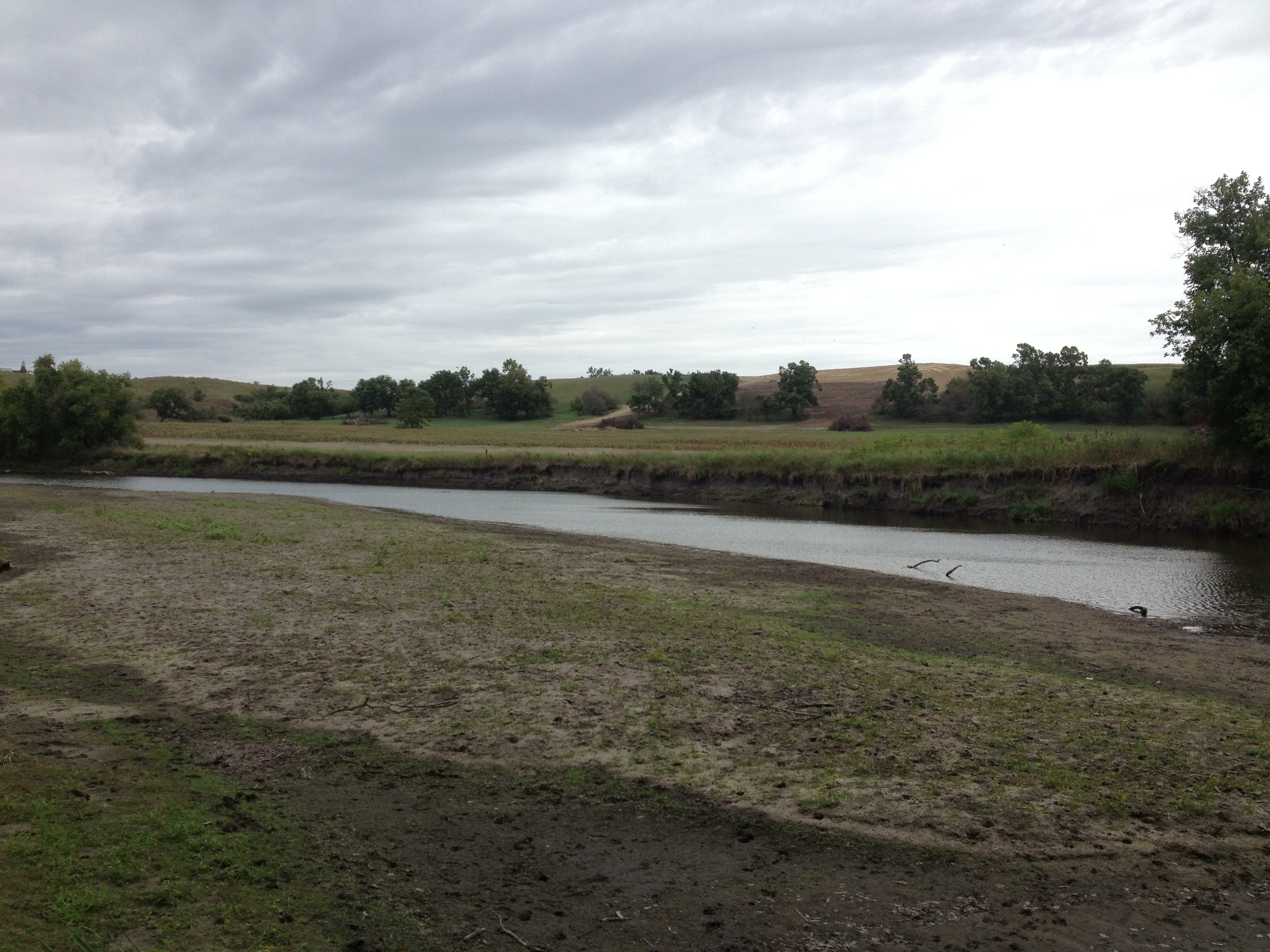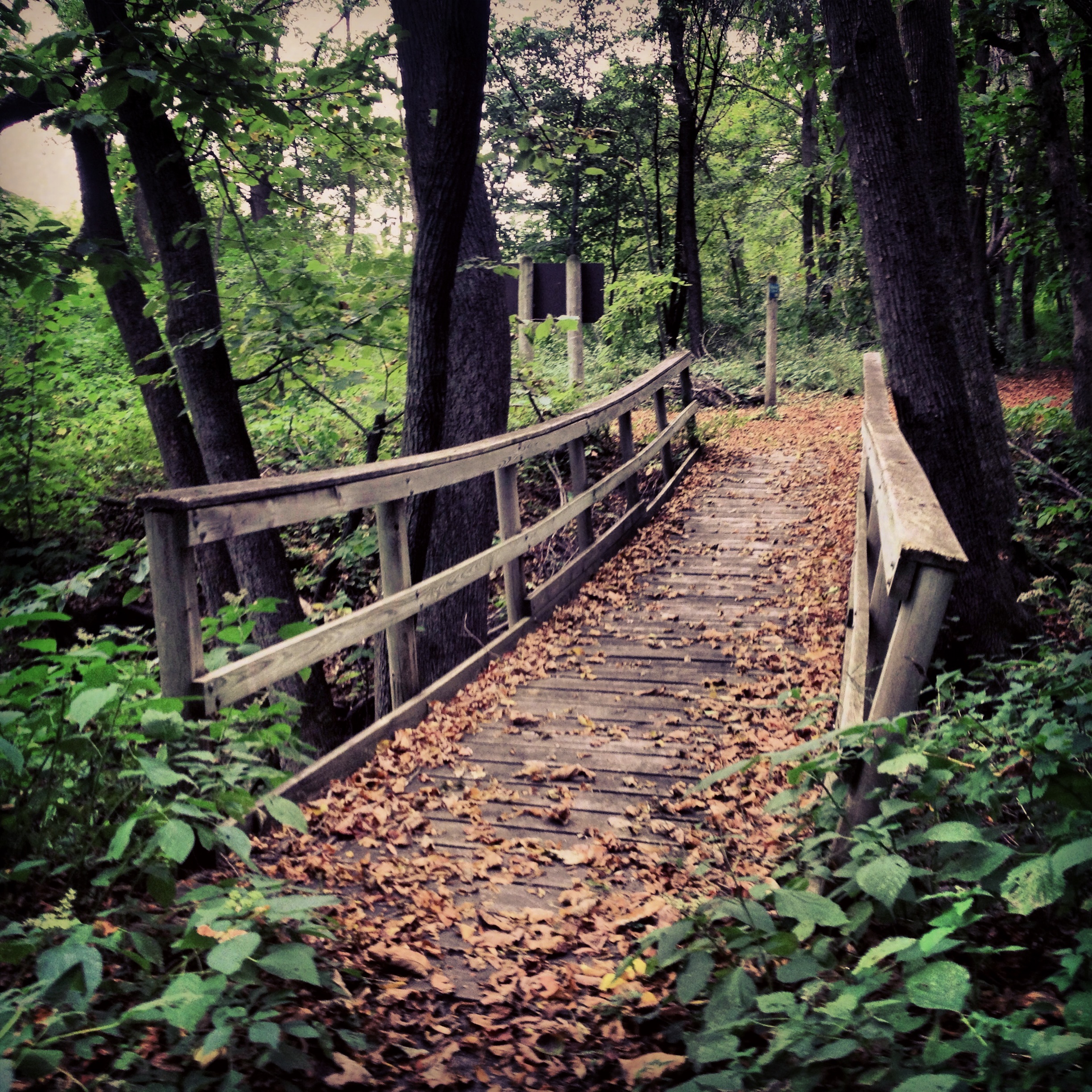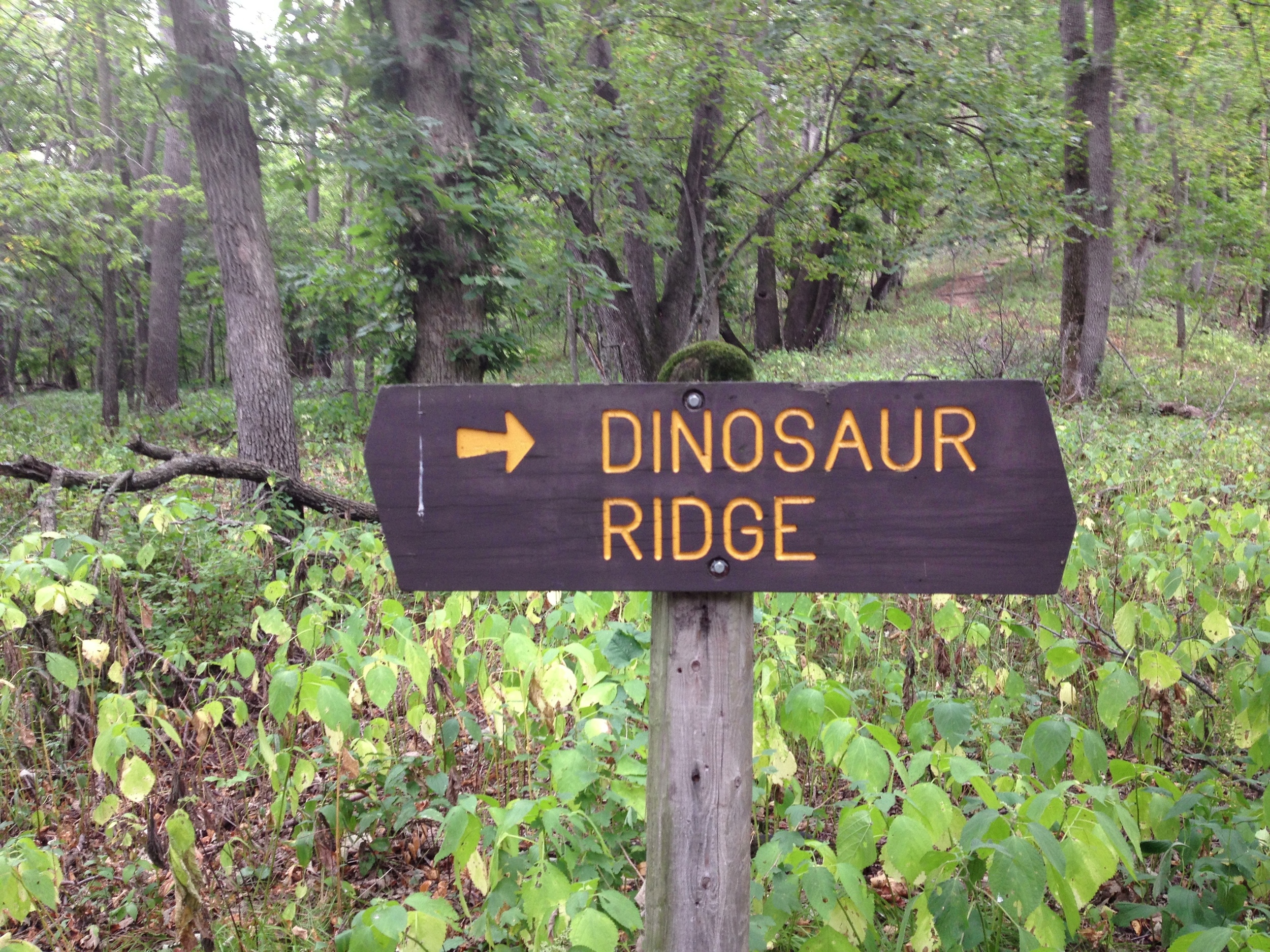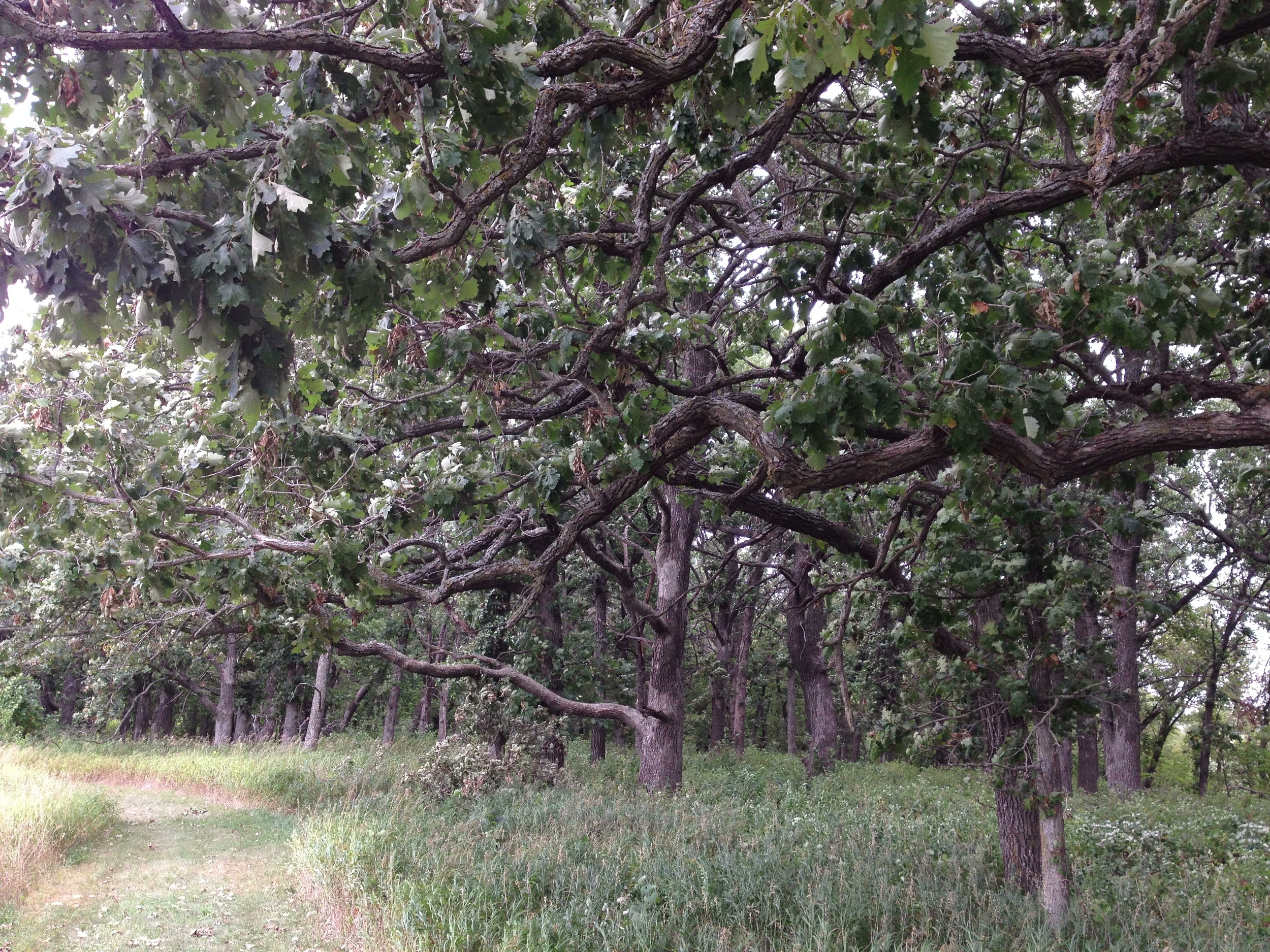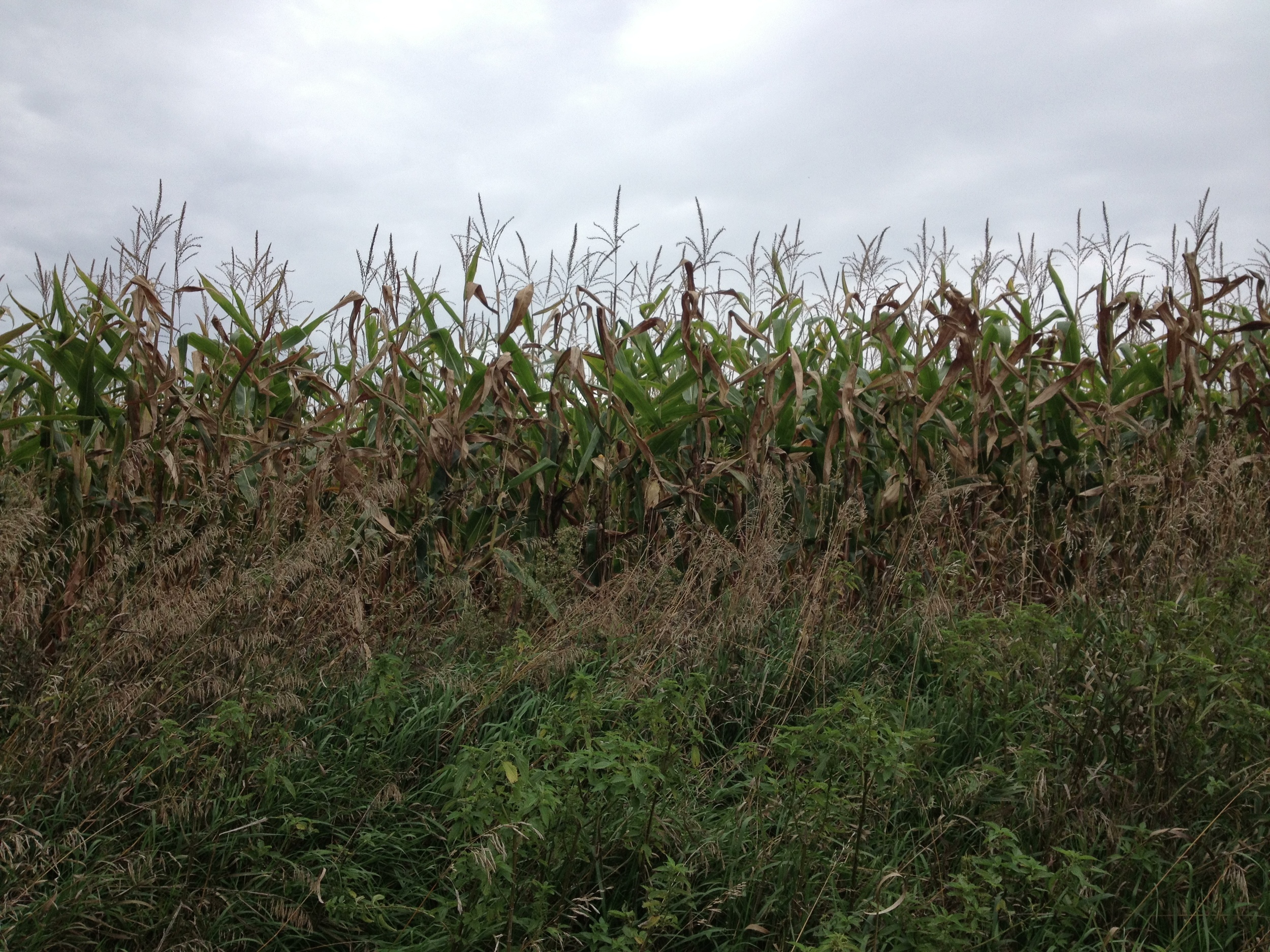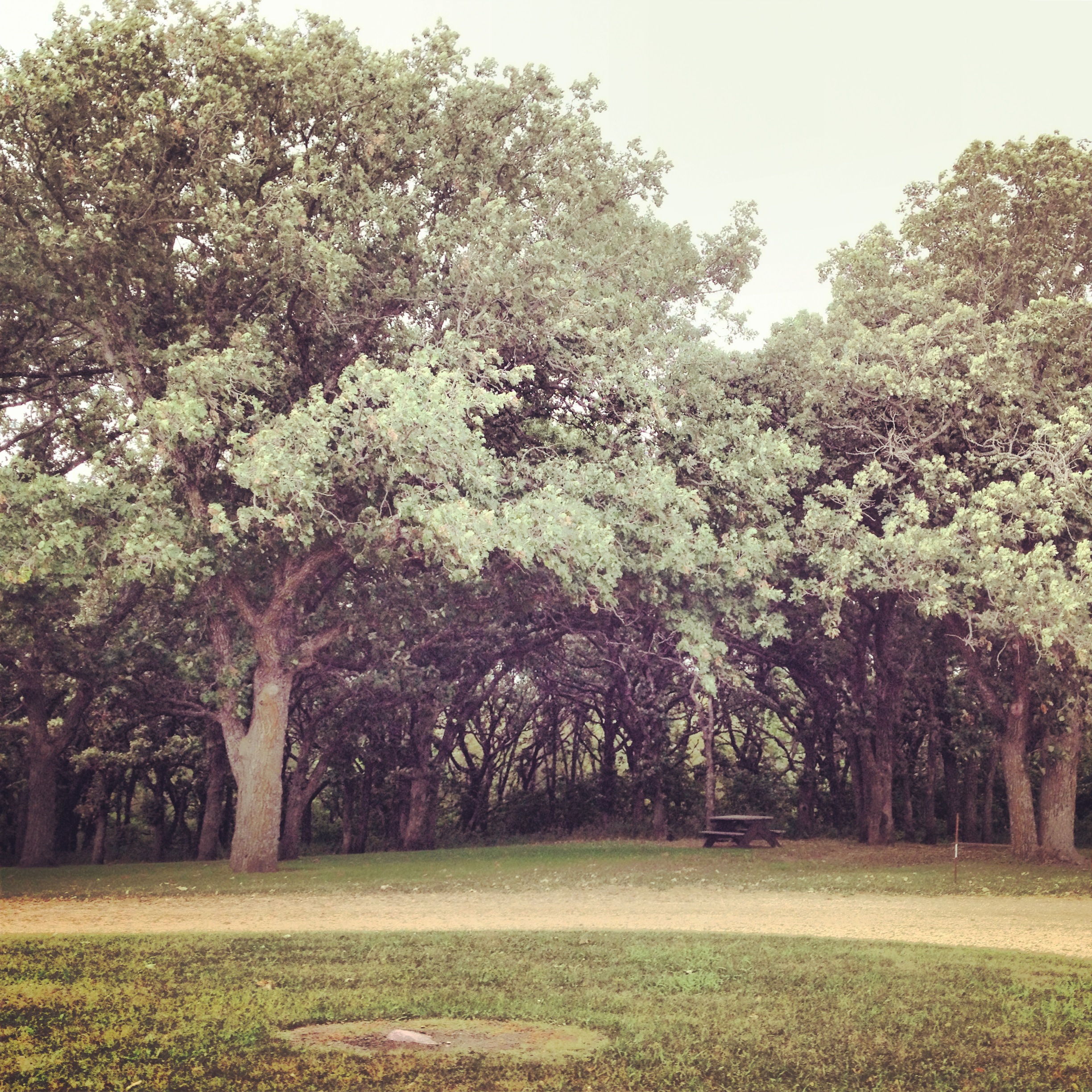The fall foliage at Whitewater State Park
The Drive: From Minneapolis, the route to Whitewater State Park essentially follows the HWY 52 route to Rochester. Not the most interesting road trip in the world (possibly because of how often I've driven it). You drive though Cannon Falls, Zumbrota, Rochester, and St. Charles, past the oil refinery (which is worth seeing lit up at night - like some alien city), and past corn fields much less idyllic than the ones I praised in western Minnesota. The highway falls just short of the incredibly beautiful bluff country and manages to miss any preserved forest in the area. The point being that Whitewater is about the destination, not the journey - something you won't often hear me say, but true nevertheless.
Spring in Whitewater State Park brings carpets of wildflowers - and mushrooms.
The Park: Whitewater State Park is at the cusp of bluff country, straddling the Whitewater River, a small tributary of the Mississippi. I've been here twice now and both times were well worth the trip out. The first time, I made it during wildflower season. The forest glades in the depths of the valley folds were carpeted with flowers - I've never seen anything else like it in real life. It was like wading through a sea of white and yellow and purple. We got a wildflower guide and hunted for (and found) rare species and hidden spots. The season is short, so get there at the right time (late Mayish). The second time was in the Fall and I was just before peak season, but the colors were already worth seeing. The rolling bluffs seem designed to show them off. Less detail than in Spring, but more grand, sweeping views. The park is also known for mushroom hunting (one of my favorite spring activities) and is a great place to camp - check out the hike in sites along the river.
Fall Colors at Whitewater State Park in Southern Minnesota
The Trail: The hiking club trail follows the Coyote Point Trail on the north side of the park. Be prepared for stairs. There are hundreds of the them on the initial climb to the top of the ridge. The view is worth it however and since the trail follows the top of the ridge for the rest of the way to Coyote Point, it is relatively flat and has great vistas from both sides along the way. If you are not going specifically for the hiking club trail, I would suggest doing the Trout Run Creek Trail on the south side of the park. It is popular and more crowded, but for good reason. It gives you the best overlooks (really amazing points and 270° views) in the park and then descends down to the creek where brook trout abound (fly fishermen take note) and where the best wildflowers are in the spring. It was a bit dreary in the fall, but the overlooks made up for that. It would probably also be great for winter snowshoeing - I'll let you know.
Cumulative Miles Hiked: 42.6
Cumulative Miles Driven: 1497
Arbitrary Rating: 4/5 in Summer, 5/5 in Fall/Spring
